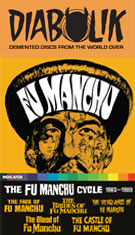
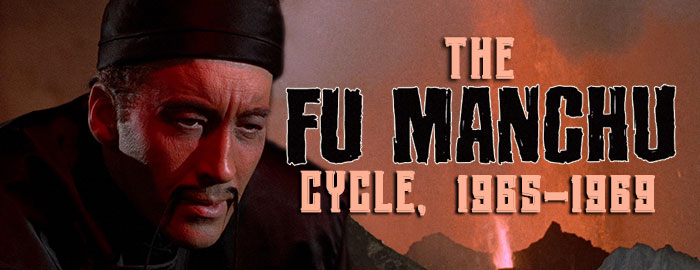
THE FACE OF FU MANCHU
Color, 1965, 96 mins. 3 secs.
Directed by Don Sharp
Starring Christopher Lee, Nigel Green, Joachim Fuchsberger, Karin Dor, James Robertson Justice, Tsai Chin
Indicator (Blu-ray) (UK RB HD), Momentum (DVD) (UK R2 PAL), Warner Archive (DVD) (US R0 NTSC) / WS (2.35:1) (16:9)
THE BRIDES OF FU MANCHU
Color, 1966, 94 mins. 16 secs. / 94 mins. 55 secs.
Directed by Don Sharp
Starring Christopher Lee, Douglas Wilmer, Heinz Drache, Marie Versini, Tsai Chin, Howard Marion-Crawford, Rupert Davies
Indicator (Blu-ray) (UK RB HD), Momentum (DVD) (UK R2 PAL), Warner Bros. (DVD) (US R1 NTSC) / WS (1.85:1) (16:9)
THE VENGEANCE OF FU MANCHU
Color, 1967, 91 mins. 17 secs.
Directed by Jeremy Summers
Starring Christopher Lee, Tony Ferrer, Tsai Chin, Douglas Wilmer, Wolfgang Kieling
Indicator (Blu-ray) (UK RB HD), Momentum (DVD) (UK R2 PAL), Warner Archive (DVD) (US R0 NTSC) / WS (1.66:) (16:9)
THE BLOOD OF FU MANCHU
Color, 1968, 93 mins. 39 secs.
Directed by Jess Franco
Starring Christopher Lee, Richard Greene, Howard Marion Crawford, Götz George, Maria Rohm, Tsai Chin, Shirley Eaton
Indicator (Blu-ray) (UK RB HD), Blue Underground (Blu-ray & DVD) (US R0 HD), Optimum (DVD) (UK R2 PAL) / WS (1.66:1) (16:9)
CASTLE OF FU MANCHU
Color, 1969, 92 mins. 15 secs.
Directed by Jess Franco
Starring Christopher Lee,
Tsai Chin, Maria Perschy, Richard Greene, Howard Marion Crawford, Rosalba Neri, Günther Stoll
Indicator (Blu-ray) (UK RB HD), Blue Underground (Blu-ray & DVD) (US R0 HD), Optimum (DVD) (UK R2 PAL) / WS (1.66:1) (16:9)
By the time 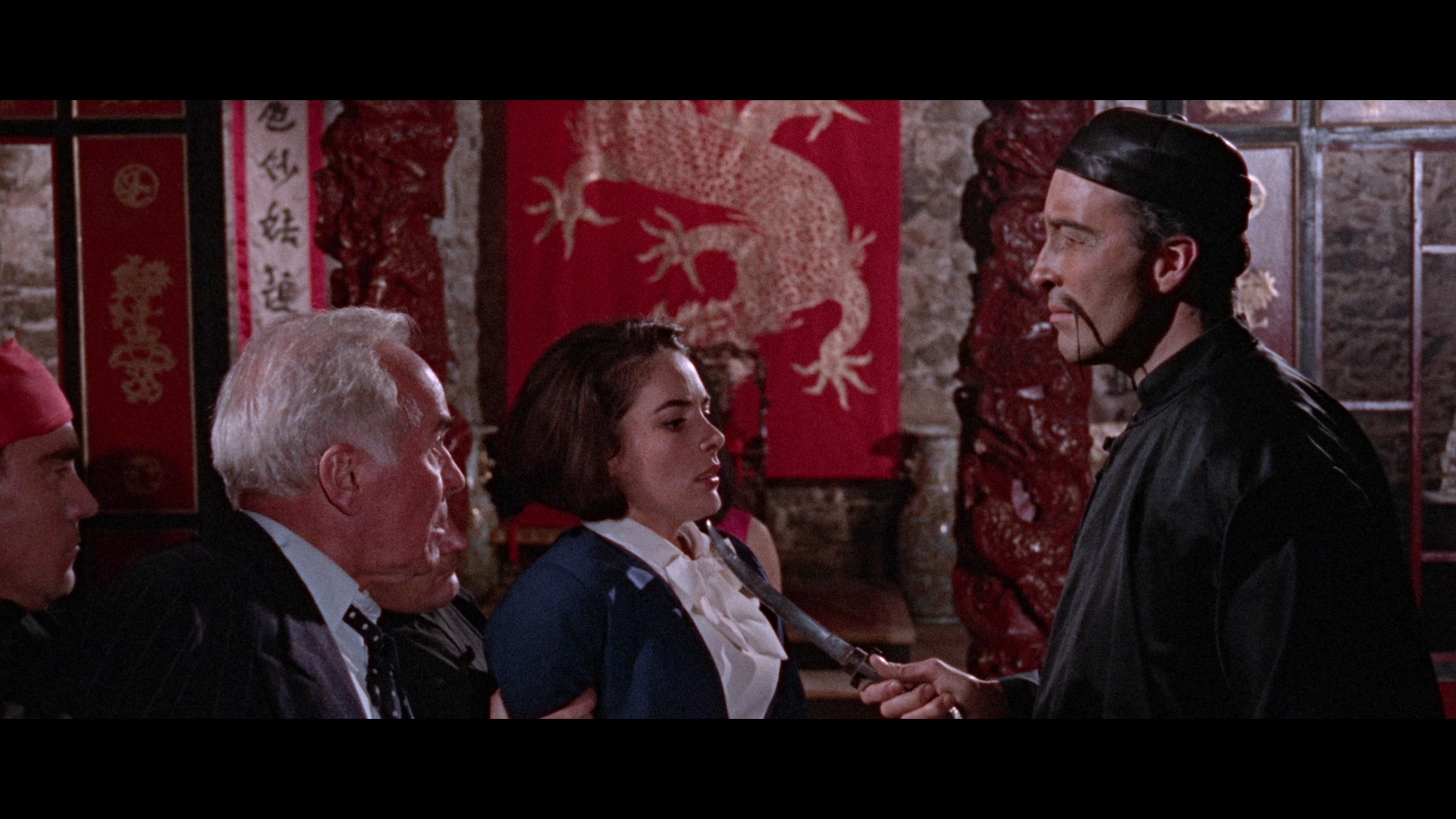 he'd become a superstar in the horror community
he'd become a superstar in the horror community 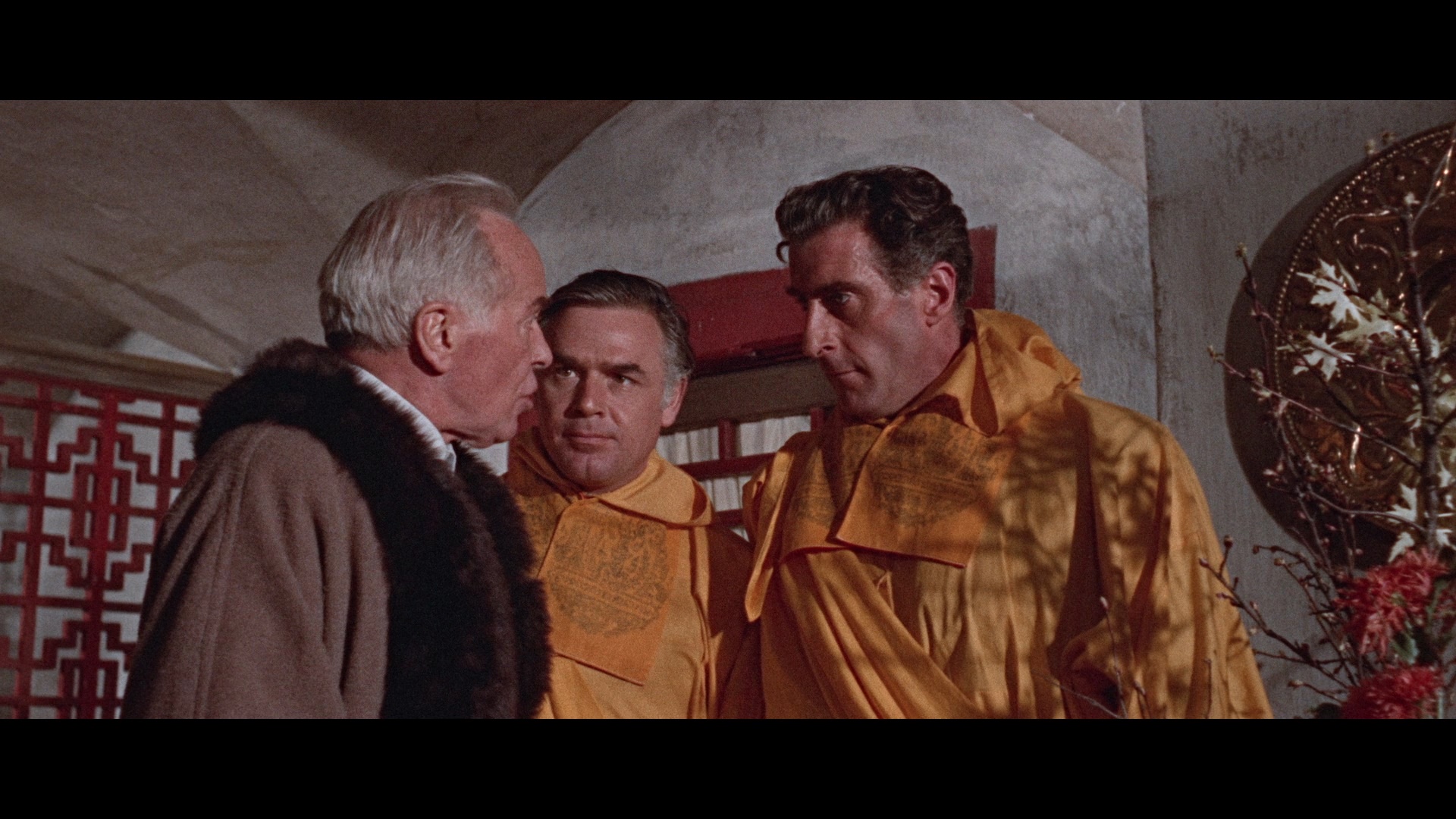 with his legendary roles for Hammer Films, Christopher Lee was still busy appearing in a variety of European co-productions that showed up off affinity for playing villains and heroes alike with great skill. He ended up getting one of his juiciest assignments from busy producer Harry Alan Towers (who wrote most of his own scripts under the name Peter Welbeck) with a splashy, full-color cinematic revival of Fu Manchu, the nefarious supervillain who featured in a large number of pulpy adventure novels by Sax Rohmer and most famously filmed earlier with Boris Karloff in The Mask of Fu Manchu. Even in the 1930s, the character had been the object of protests from the Asian community for its indulgence in "yellow peril" stereotypes that made it the violent flipside of the popular Charlie Chan mysteries. Nevertheless, the Rohmer formula proved to be highly influential over the years and had an undeniable influence on Ian Fleming, whose Dr. No in particular has Fu Manchu written all over it. For various reasons involving theatrical distributors and subsequent rights holders, it's been difficult to gather all five of Lee's films in the same place -- but the impossible has been achieved with the 2020 Blu-ray set from Indicator, The Fu Manchu Cycle, 1965-1969, which presents all the films in their finest editions to date... by a long shot.
with his legendary roles for Hammer Films, Christopher Lee was still busy appearing in a variety of European co-productions that showed up off affinity for playing villains and heroes alike with great skill. He ended up getting one of his juiciest assignments from busy producer Harry Alan Towers (who wrote most of his own scripts under the name Peter Welbeck) with a splashy, full-color cinematic revival of Fu Manchu, the nefarious supervillain who featured in a large number of pulpy adventure novels by Sax Rohmer and most famously filmed earlier with Boris Karloff in The Mask of Fu Manchu. Even in the 1930s, the character had been the object of protests from the Asian community for its indulgence in "yellow peril" stereotypes that made it the violent flipside of the popular Charlie Chan mysteries. Nevertheless, the Rohmer formula proved to be highly influential over the years and had an undeniable influence on Ian Fleming, whose Dr. No in particular has Fu Manchu written all over it. For various reasons involving theatrical distributors and subsequent rights holders, it's been difficult to gather all five of Lee's films in the same place -- but the impossible has been achieved with the 2020 Blu-ray set from Indicator, The Fu Manchu Cycle, 1965-1969, which presents all the films in their finest editions to date... by a long shot.
Lee made his first appearance as the deathless menace in The Face of Fu Manchu, which actually opens up with the title character being beheaded by the Chinese government in a swift outdoor execution. Of course, his regular opponent, British agent Nayland Smith (Green), has a nagging feeling this won't be the end of his reign of terror -- and aided by German operative Carl (Krimi staple Fuchsberger), he realizes that a professor has been kidnapped to derive a powerful, population-destroying formula from a rare poppy. Joined by the professor's daughter, Maria (Dor), they embark on a perilous investigation complete with disguises, fist fights, double crosses, and the interference of Fu Manchu's loyal and resourceful daughter, Lin Tang (Chin), who could be as deadly as her father.
As you can probably guess from the cast, this film's West German co-financing led to the casting of two familiar Krimi faces in major roles; in fact, the film was even distributed in that country by Edgar Wallace factory Constantin Film. In most English-speaking territories it was released by Warner Bros. / Seven Arts Pictures in various iterations, with home video 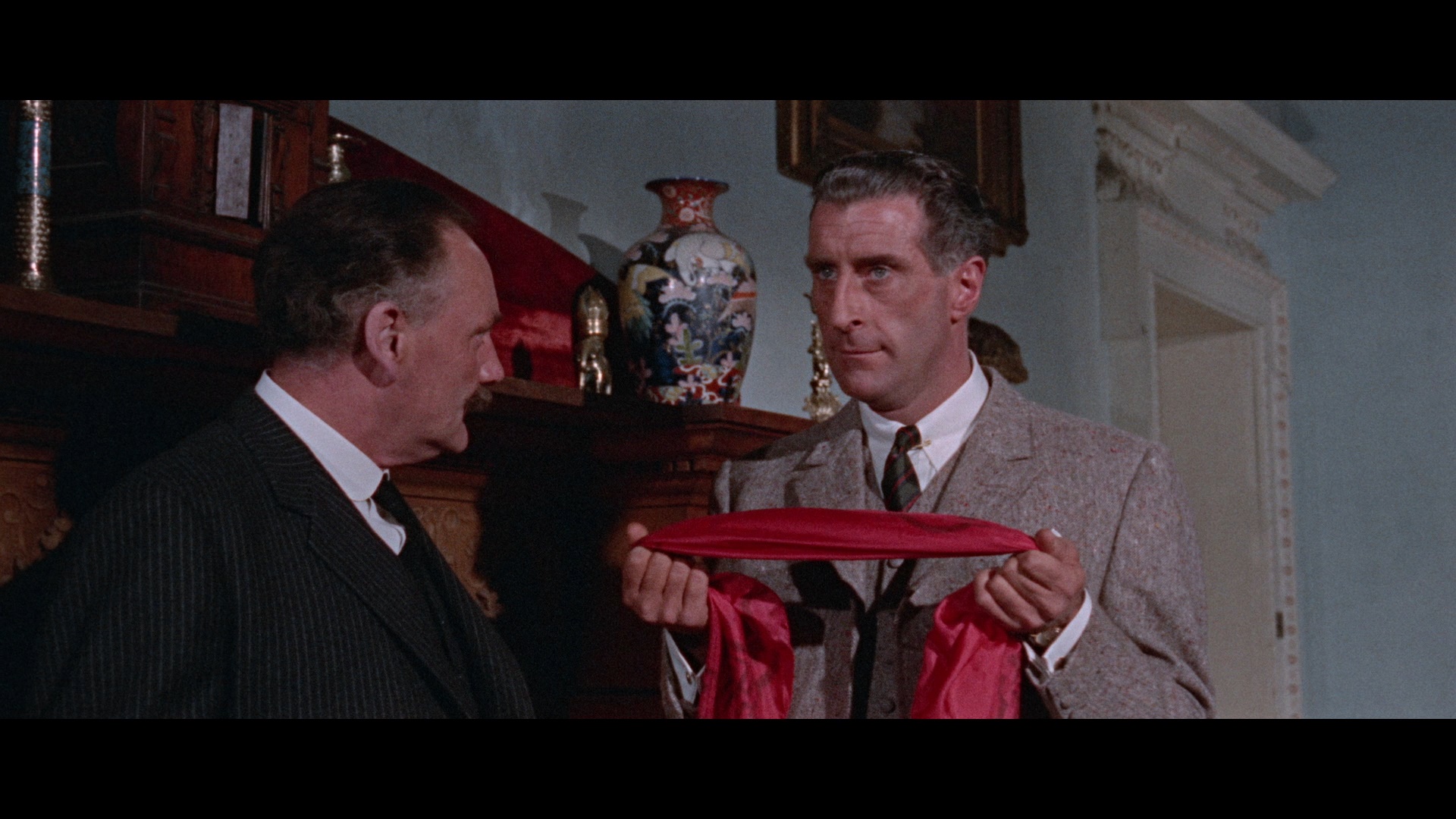 rights scattered around since then including a 2012 DVD-R edition from Warner Archive in 2012 and a pressed disc from Optimum on U.K. DVD. No matter how you see it, the film still holds up as an atmospheric and elegantly mounted thriller under the guidance of director Don Sharp, who had proven his mettle at Hammer with Kiss of the Vampire and Rasputin: The Mad Monk. It's also the only entry shot in scope, using every inch of the expansive frame to its advantage while keeping the feel of Rohmer intact including the original early 20th-century setting.
rights scattered around since then including a 2012 DVD-R edition from Warner Archive in 2012 and a pressed disc from Optimum on U.K. DVD. No matter how you see it, the film still holds up as an atmospheric and elegantly mounted thriller under the guidance of director Don Sharp, who had proven his mettle at Hammer with Kiss of the Vampire and Rasputin: The Mad Monk. It's also the only entry shot in scope, using every inch of the expansive frame to its advantage while keeping the feel of Rohmer intact including the original early 20th-century setting.
The Indicator edition is a real godsend, marking the film's global debut on Blu-ray and featuring an impressive 4K restoration from the original negative. You actually get two viewing options here, the standard theatrical framing throughout and, as discovered during the restoration process, a full aperture version of the third reel, which was damaged on the left side before the film's release and was zoomed in on all theatrical prints and prior video transfer to compensate. It's a nice option to have, and if you don't mind the 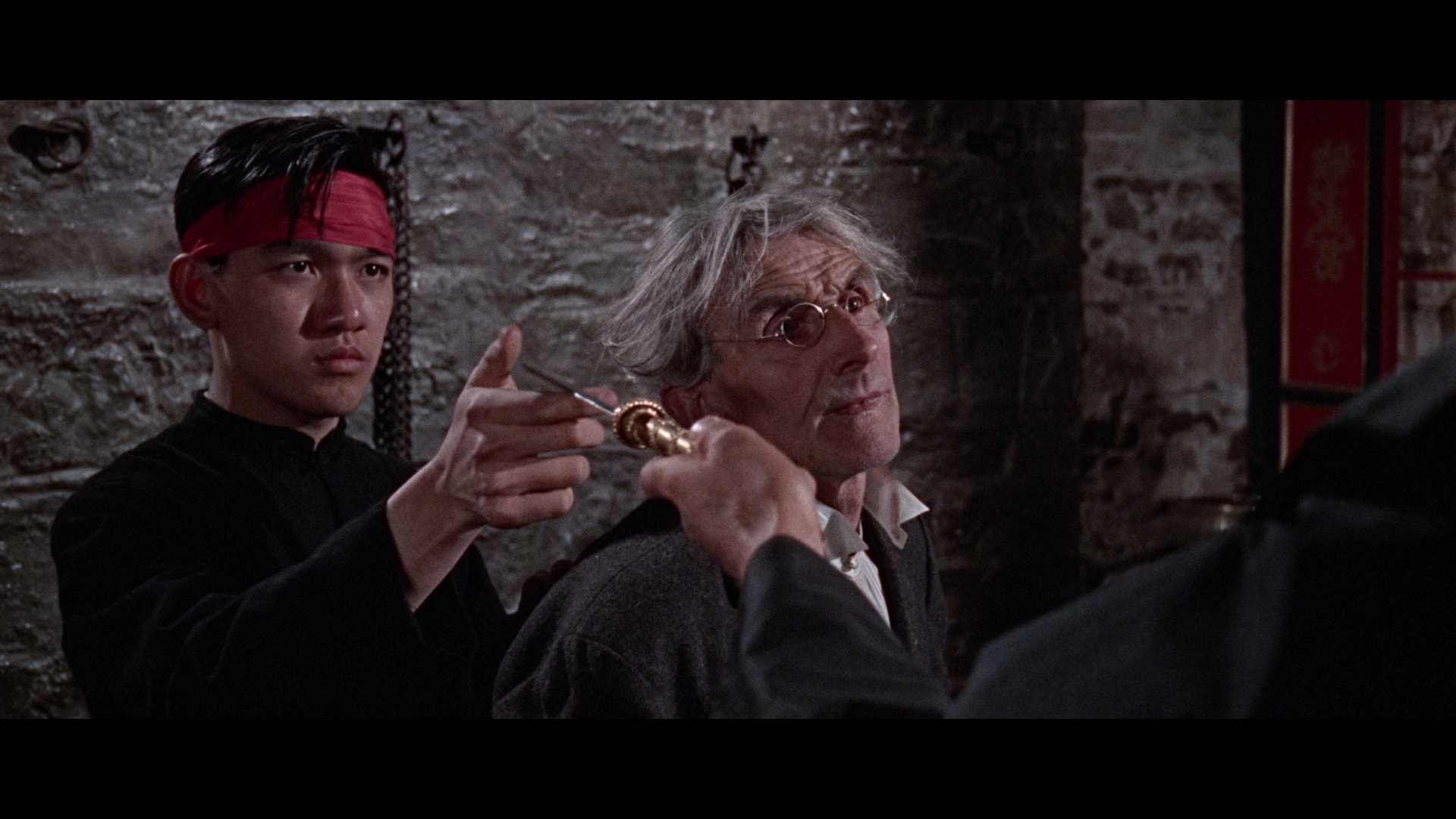 thin white scratches fluttering against the edge of the left side, it's nice to see the extra image info that had always been hidden before for such a significant chunk of the running time. The DTS-HD MA English 1.0 mono track also sounds excellent and comes with optional English SDH subtitles, a configuration repeated for the other four films in the box. An audio commentary with Stephen Jones and Kim Newman is a thorough study of the film and the series as a whole, covering Towers' globe-hopping approach to the cycle (for possibly shady reasons), the importance of Rohmer's literary influence, Lee's career around the time, and the luxurious approach to the production compared to many of its peers at the time. Two other audio options are "The BEHP Interview with Don Sharp - Part One" and "The BEHP Interview with Ernest Steward - Part One: The BIP Years," both of which run through the length of the feature and have the director and cinematographer speaking at great length about their personal histories and many of their key projects over the years. A short black-and-white archival interview with Lee (3m54s) recording during the shoot in Dublin (and featured on the local show Newsbeat) features him talking about his rise to horror stardom and his belief that he got villainous roles based on his performance in A Tale of Two Cities. A new video intro by BFI curator Vic Pratt (6m48s) is a good thumbnail guide to the film with context about the shooting locations, the major players behind the scenes, the increased kink factor that imperiled a variety of beautiful actresses, the very '60s visual elements that pop up despite the setting, and the star's desire to add a major literary name to his roster of roles even within the confines of his makeup. In "Underneath the Skin" (48m32s), Christopher Frayling takes a deep dive into Rohmer proper with an analysis of the literary canon, the author himself (including the origins of his pen name), the evolving social attitudes that sometimes ran counter to the book series particularly with regards to British imperialism and attitudes about Chinese culture and immigrants. Also included are three alternate title sequences (American, French, and Spanish), a two-part, black-and-white Super 8 version (16m8s) with sound expertly added back from surviving vinyl copies, three trailers (British, German, and textless French), and an extensive 98-image gallery of stills and promotional ephemera.
thin white scratches fluttering against the edge of the left side, it's nice to see the extra image info that had always been hidden before for such a significant chunk of the running time. The DTS-HD MA English 1.0 mono track also sounds excellent and comes with optional English SDH subtitles, a configuration repeated for the other four films in the box. An audio commentary with Stephen Jones and Kim Newman is a thorough study of the film and the series as a whole, covering Towers' globe-hopping approach to the cycle (for possibly shady reasons), the importance of Rohmer's literary influence, Lee's career around the time, and the luxurious approach to the production compared to many of its peers at the time. Two other audio options are "The BEHP Interview with Don Sharp - Part One" and "The BEHP Interview with Ernest Steward - Part One: The BIP Years," both of which run through the length of the feature and have the director and cinematographer speaking at great length about their personal histories and many of their key projects over the years. A short black-and-white archival interview with Lee (3m54s) recording during the shoot in Dublin (and featured on the local show Newsbeat) features him talking about his rise to horror stardom and his belief that he got villainous roles based on his performance in A Tale of Two Cities. A new video intro by BFI curator Vic Pratt (6m48s) is a good thumbnail guide to the film with context about the shooting locations, the major players behind the scenes, the increased kink factor that imperiled a variety of beautiful actresses, the very '60s visual elements that pop up despite the setting, and the star's desire to add a major literary name to his roster of roles even within the confines of his makeup. In "Underneath the Skin" (48m32s), Christopher Frayling takes a deep dive into Rohmer proper with an analysis of the literary canon, the author himself (including the origins of his pen name), the evolving social attitudes that sometimes ran counter to the book series particularly with regards to British imperialism and attitudes about Chinese culture and immigrants. Also included are three alternate title sequences (American, French, and Spanish), a two-part, black-and-white Super 8 version (16m8s) with sound expertly added back from surviving vinyl copies, three trailers (British, German, and textless French), and an extensive 98-image gallery of stills and promotional ephemera.
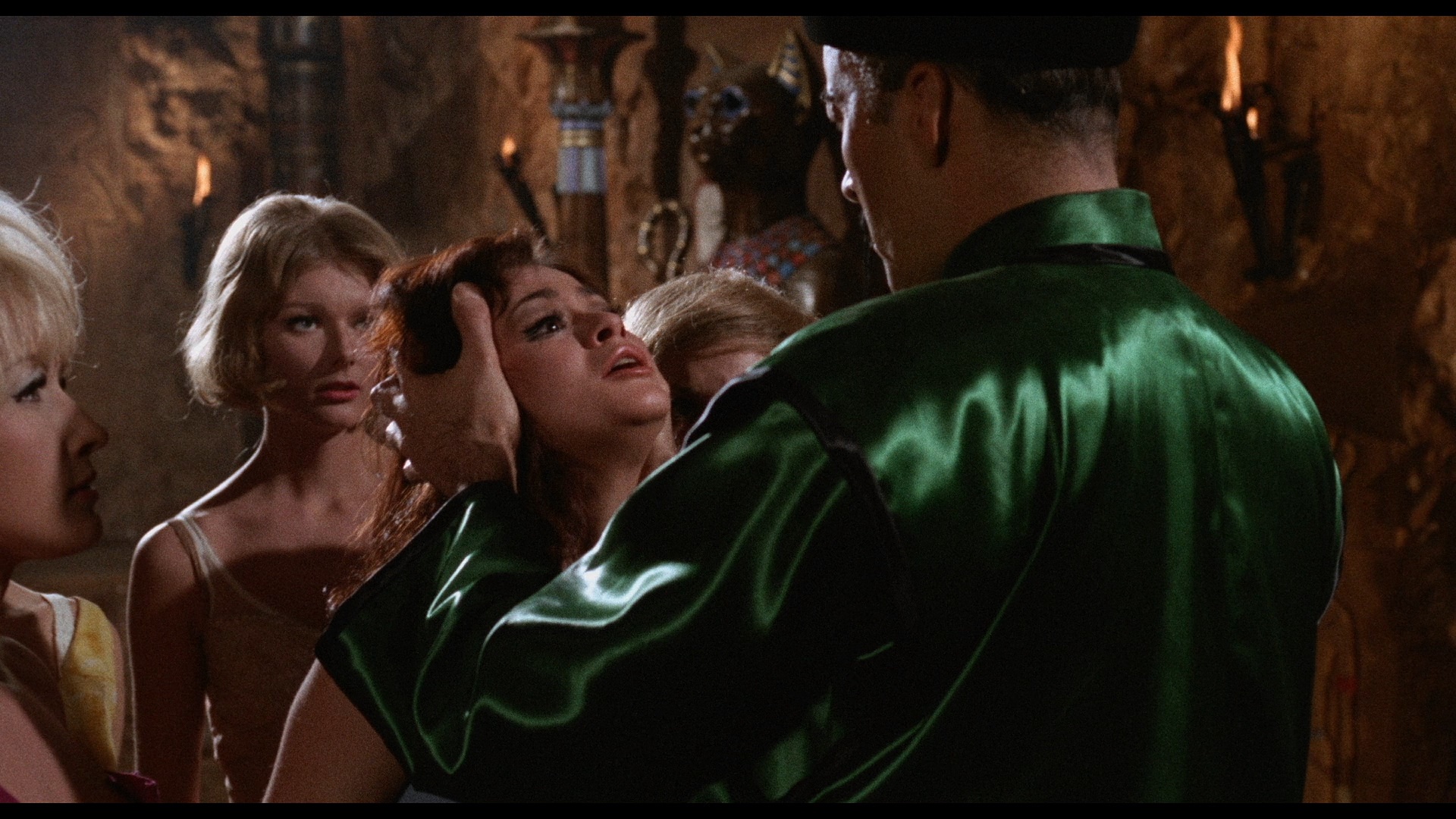
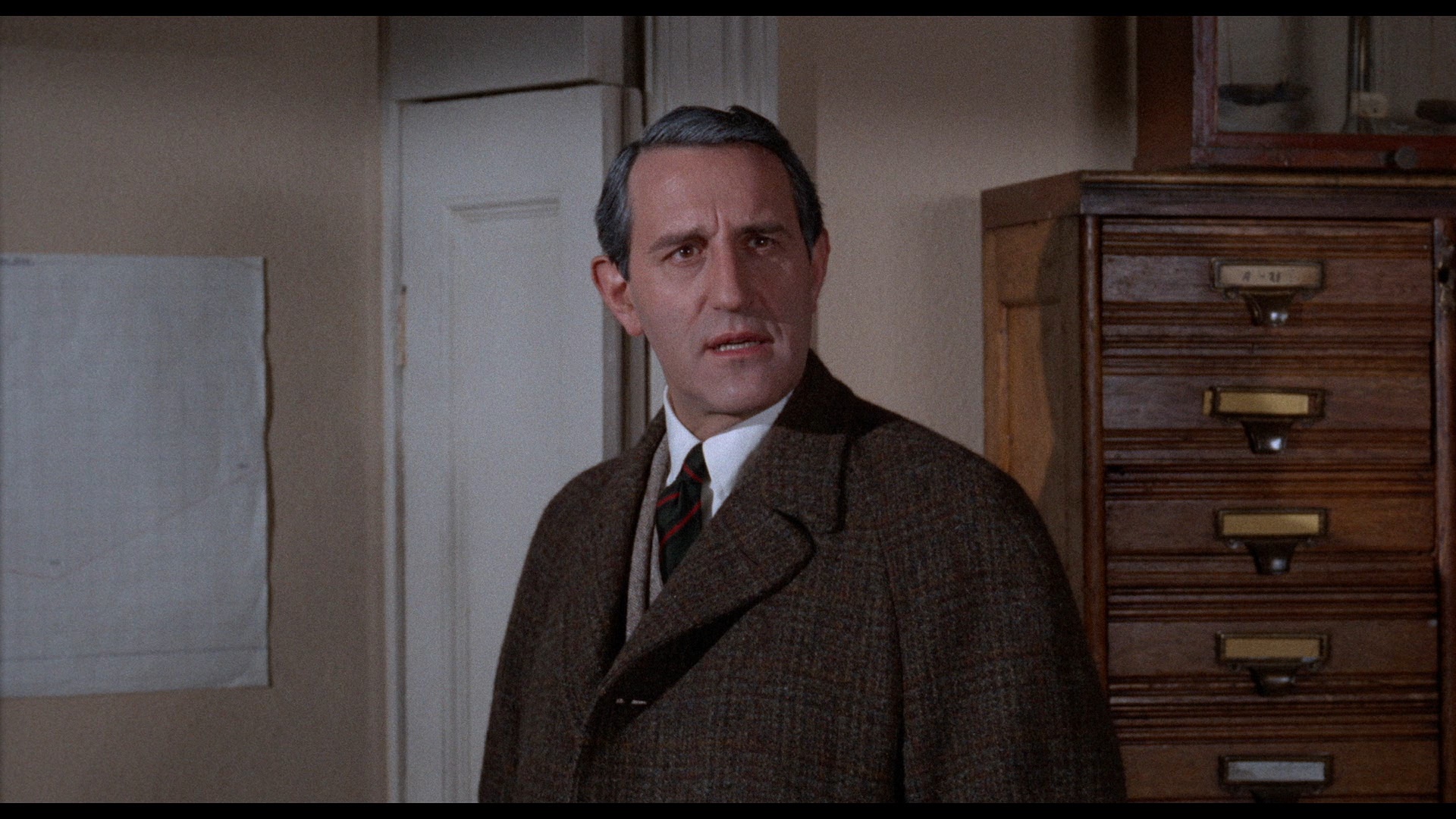 Quickly shot and released to theaters a year later, The Brides of Fu Manchu brings back Sharp for a slightly scalded-down adventure that keeps Lee but swaps out Douglas Wilmer as Nayland Smith this time around (likely due to Green being off in L.A. making Let's Kill Uncle). This time the mastermind (who somehow thwarted his fate at the end of the prior film) is cooking up a plan in the heart of London to kidnap and brainwash the daughters of prominent scientists from ten different countries to serve as both potential brides of evil and as leverage to blackmail their fathers into helping him devise a destructive signal that can be blasted through the world's radio transmitters. Sequestered away at his underground base with Lin Tang once again, he leaves just enough clues to intrigue Smith and his compatriots including regular sidekick Dr. Petrie (Marion-Crawford) as the trail leads through numerous scuffles, chases, abductions, and other perilous obstacles on the way to another cataclysmic confrontation.
Quickly shot and released to theaters a year later, The Brides of Fu Manchu brings back Sharp for a slightly scalded-down adventure that keeps Lee but swaps out Douglas Wilmer as Nayland Smith this time around (likely due to Green being off in L.A. making Let's Kill Uncle). This time the mastermind (who somehow thwarted his fate at the end of the prior film) is cooking up a plan in the heart of London to kidnap and brainwash the daughters of prominent scientists from ten different countries to serve as both potential brides of evil and as leverage to blackmail their fathers into helping him devise a destructive signal that can be blasted through the world's radio transmitters. Sequestered away at his underground base with Lin Tang once again, he leaves just enough clues to intrigue Smith and his compatriots including regular sidekick Dr. Petrie (Marion-Crawford) as the trail leads through numerous scuffles, chases, abductions, and other perilous obstacles on the way to another cataclysmic confrontation.
As the title indicates, this one emphasizes glamour and kink in keeping with the times, even opening up with Fu Manchu delivering exposition while surrounded by shackled women, flickering torches, writhing snakes, and fatal hair cutting in his faux Egyptian lair. The German co-financing is still prominent here including a big role for Heinz Drache, known at the time for starring in homegrown thrillers like Coffin for Hong Kong and, of course, a handful of Krimi titles like the all-star jam Der Hexer. Overall it's essentially an entertaining variation on the prior film and a typical example of the series style, at least for the initial three films before things veered off in a far more peculiar direction.
This film has probably fared the best on home video of the initial trio, with a solid transfer released on DVD including a double bill in the U.S. with another '66 genre film, Chamber of Horrors. Here you get a fine transfer from a 4K scan of the original camera negative, and it's a beauty throughout with particularly wild colors at times that really stand 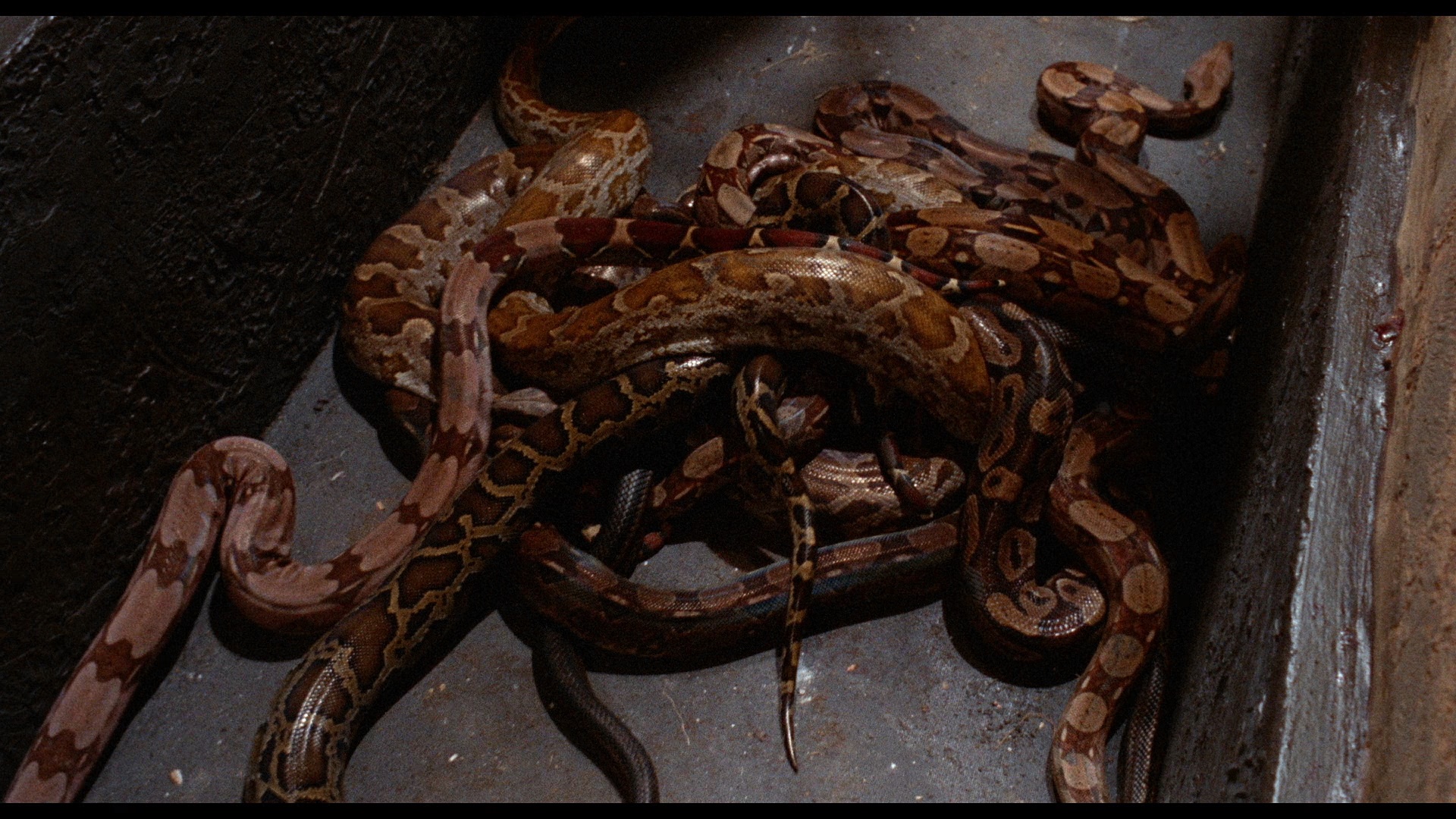 out nicely here.
out nicely here. 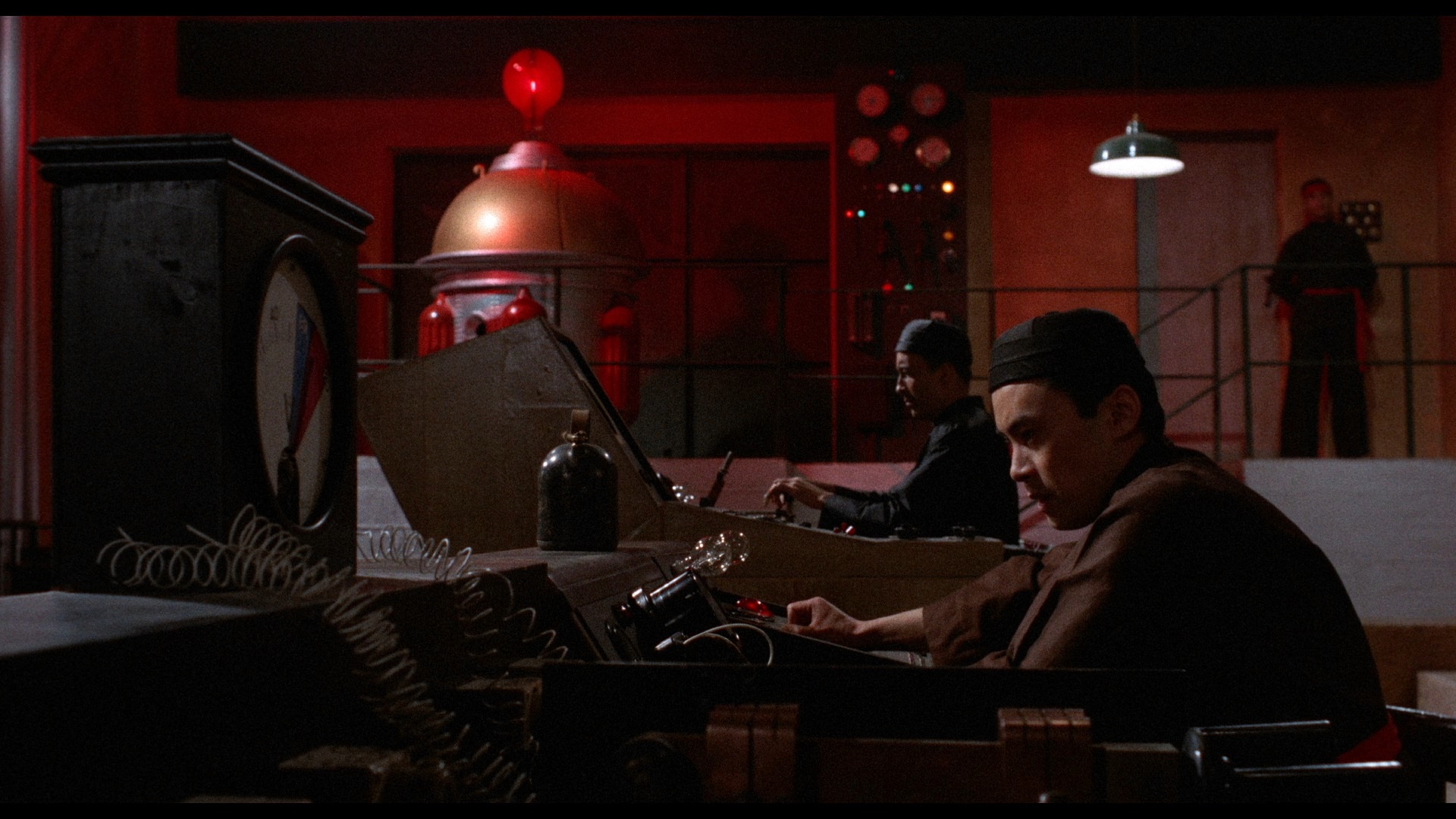 You also get two viewing options, the superior U.K. theatrical version (complete with BBFC card and Nat Cohen opening fanfare) and the U.S. version (the one seen on the Warner disc) featuring a brief prologue cobbled together with awkwardly cropped footage from the prior film. A new audio commentary with film historians Kevin Lyons and Jonathan Rigby is a lively, conversational tour through the film including comments about the major and minor cast members, speculation about Green's departure from the series, considering chat about Lee and Towers, and the state of British horror films at the time. Also included are the second parts of the BEHP interviews with Sharp and Steward, with the Sharp one in particular a real treat picking up right after his Hammer phase with his first association with Towers thanks to the oddball Our Man in Marrakesh, a.k.a. Bang! Bang! You're Dead. Lee himself takes the spotlight in a 1994 appearance with film critic David Robinson for The Guardian Interviews at the London Film Festival series, chatting at length for a general overview of his career including his start in acting, his desire to tackle a wide range of parts, and the challenges he sought out both in and outside of genre films. A new Vic Pratt video intro (6m53s) lays the groundwork for an appreciation of this film tying it into the success of the first entry and providing more detail about Towers and his negotiations with Rohmer's estate. Speaking of Rohmer, you get another rundown of his output, life, and the issues of the "yellow peril" tropes that are central to these stories. The theatrical trailer is also included, plus
You also get two viewing options, the superior U.K. theatrical version (complete with BBFC card and Nat Cohen opening fanfare) and the U.S. version (the one seen on the Warner disc) featuring a brief prologue cobbled together with awkwardly cropped footage from the prior film. A new audio commentary with film historians Kevin Lyons and Jonathan Rigby is a lively, conversational tour through the film including comments about the major and minor cast members, speculation about Green's departure from the series, considering chat about Lee and Towers, and the state of British horror films at the time. Also included are the second parts of the BEHP interviews with Sharp and Steward, with the Sharp one in particular a real treat picking up right after his Hammer phase with his first association with Towers thanks to the oddball Our Man in Marrakesh, a.k.a. Bang! Bang! You're Dead. Lee himself takes the spotlight in a 1994 appearance with film critic David Robinson for The Guardian Interviews at the London Film Festival series, chatting at length for a general overview of his career including his start in acting, his desire to tackle a wide range of parts, and the challenges he sought out both in and outside of genre films. A new Vic Pratt video intro (6m53s) lays the groundwork for an appreciation of this film tying it into the success of the first entry and providing more detail about Towers and his negotiations with Rohmer's estate. Speaking of Rohmer, you get another rundown of his output, life, and the issues of the "yellow peril" tropes that are central to these stories. The theatrical trailer is also included, plus 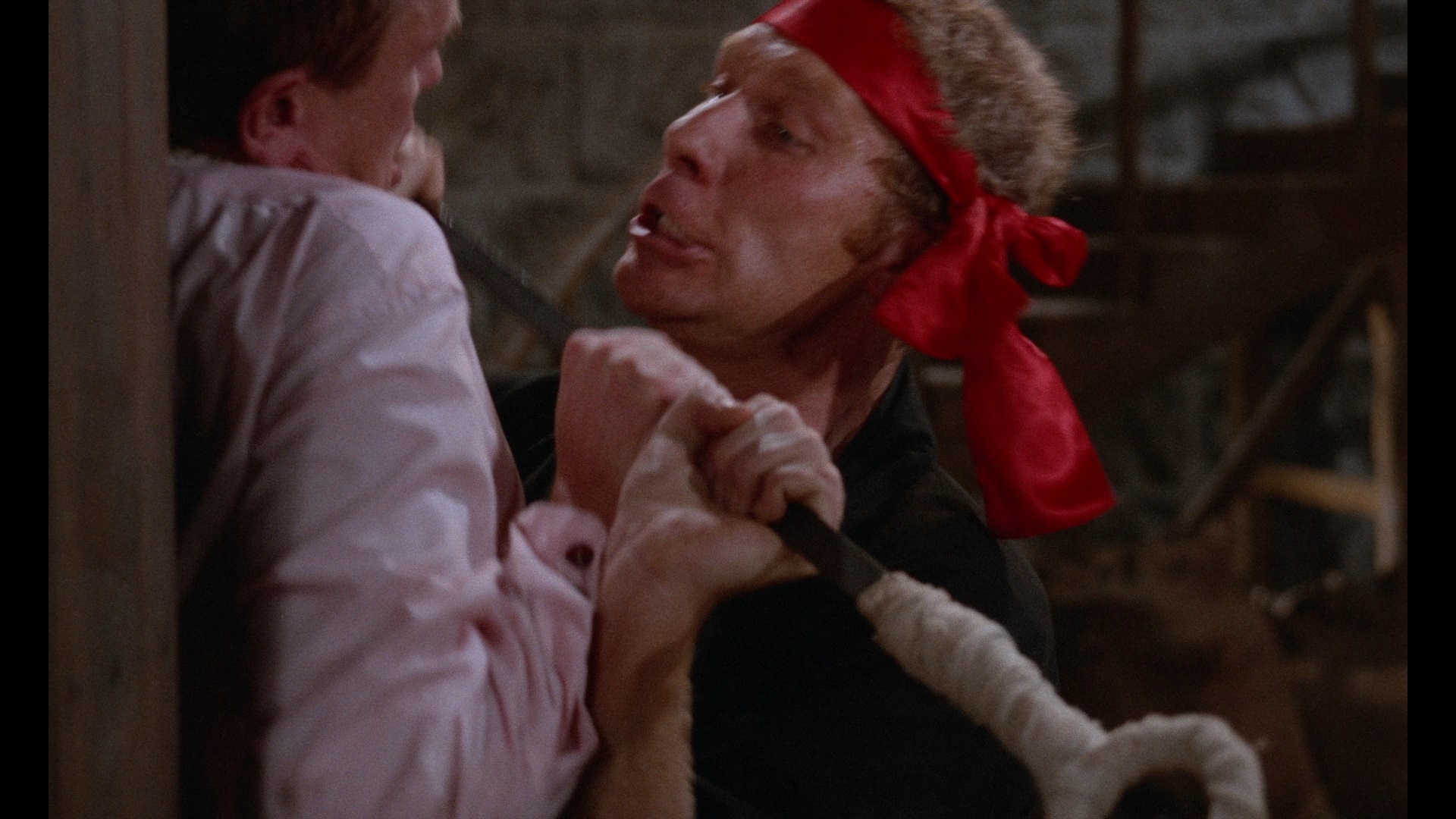 a
a 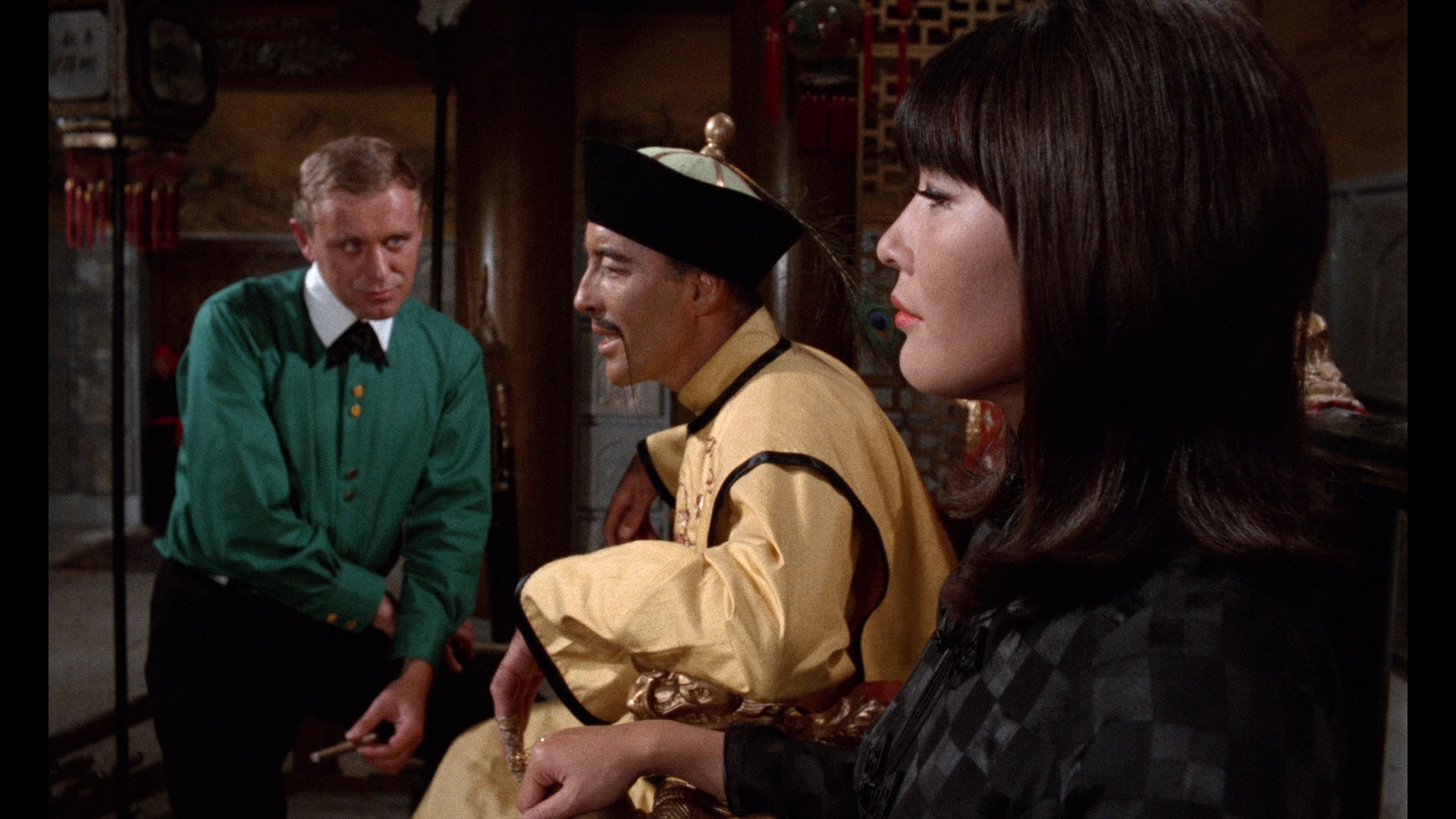 B&W TV spot and a gallery of 77 images featuring a wealth of publicity and production stills.
B&W TV spot and a gallery of 77 images featuring a wealth of publicity and production stills.
The last of the major studio Fu Manchu films arrived in 1967 with The Vengeance of Fu Manchu, which traded out director Sharp for Jeremy Summers, who worked primarily in television but did turn out the occasional feature like Dateline Diamonds, House of 1,000 Dolls, and Five Golden Dragons. Wilmer shows up as Nayland Smith again as the target of Fu Manchu's ire, with the supervillain and his daughter first seen trying out new execution and mind control methods at their sprawling outdoor estate. It seems they've devised a way to induce anyone to commit murder through some carefully applied voice commands and hypnotic face touching, which will come in handy to implementing a plan to use doubles to replace various figures of influence in the Western world and, once again, seek world domination.
Though not quite as polished as the prior two films, this entry benefits from some luxurious shooting at Shaw Brothers' studios in Hong Kong and still manages to evoke the spirit of Rohmer with plenty of crazed plot twists and surreal espionage that focuses on thrills far more than logic. Wilmer is more of an afterthought here in favor of a variety of other random good guys scrambling to stop the plan, but that leaves more room for Lee and Chin than usual as well as a fun appearance by Towers' wife, Maria Rohm, who does a couple 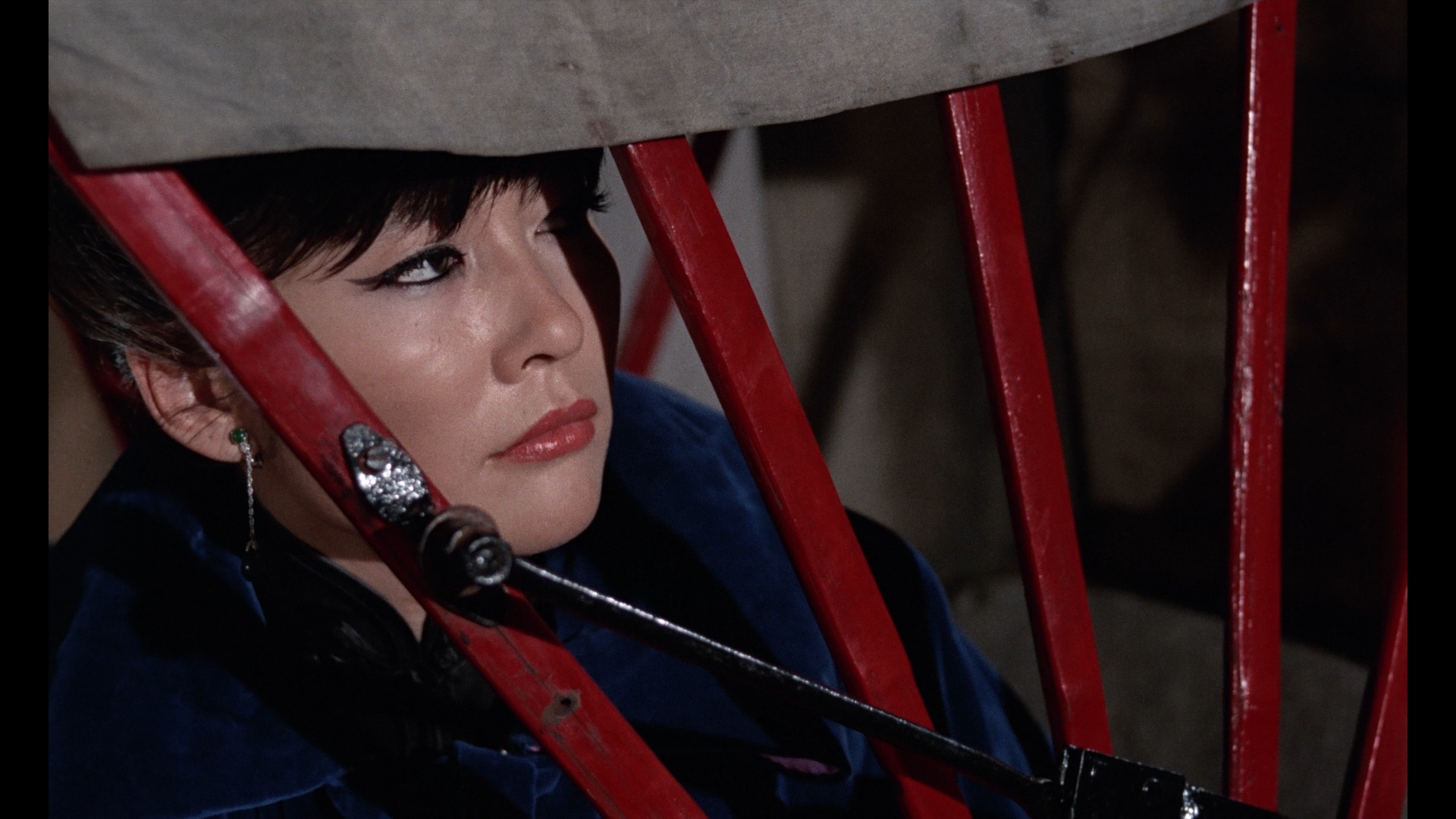 of
of 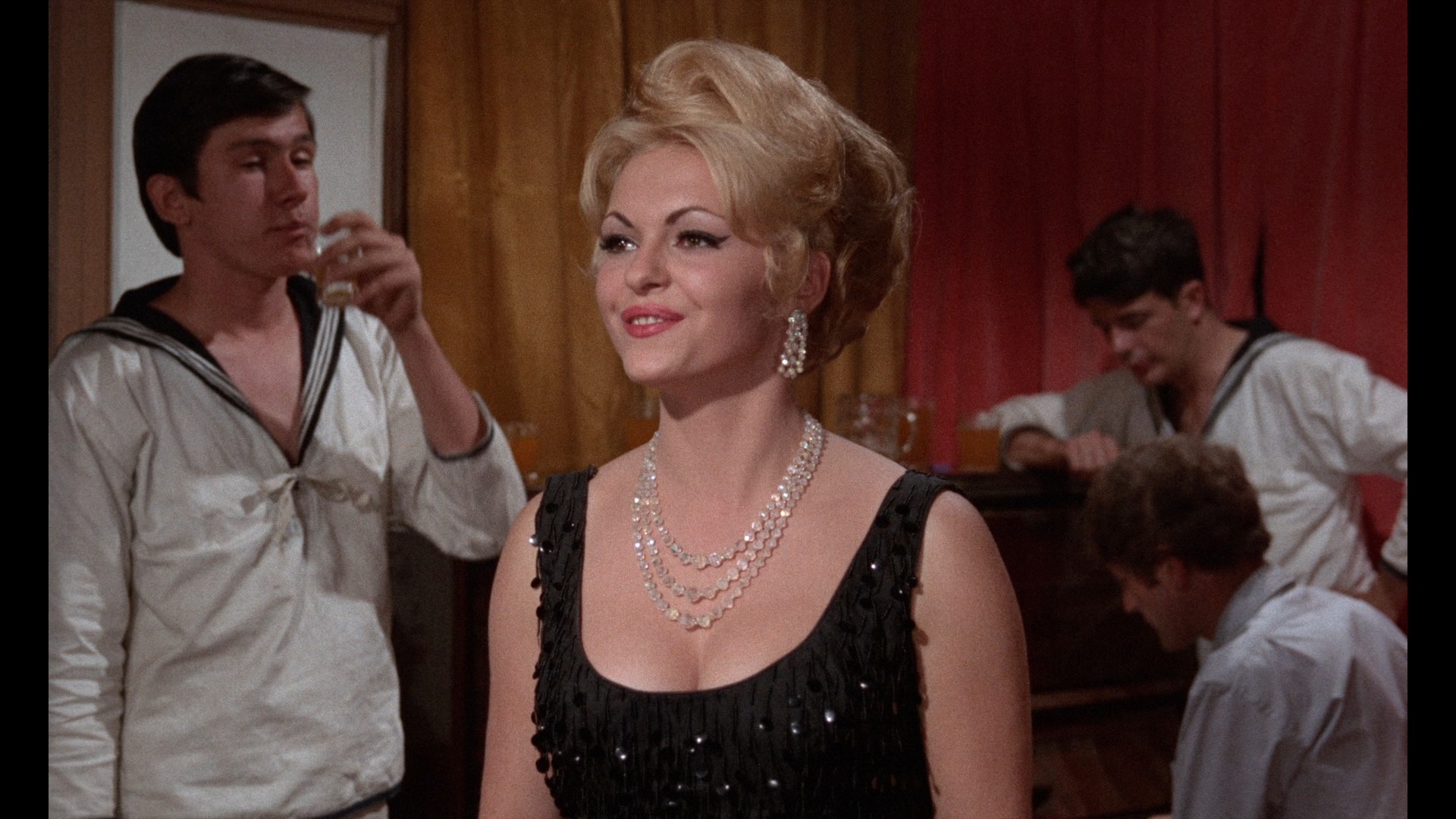 nightclub numbers and would pop up again in this series as well as many of Towers' other Jess Franco films. It also boasts a musical switcheroo of sorts as well with Malcolm Lockyer's groovy exotica accompaniment serving as perhaps the best score of the series.
nightclub numbers and would pop up again in this series as well as many of Towers' other Jess Franco films. It also boasts a musical switcheroo of sorts as well with Malcolm Lockyer's groovy exotica accompaniment serving as perhaps the best score of the series.
The Indicator Blu-ray of this film is perhaps the most surprising of the bunch, revealing that the earlier editions (including a variety of European DVDs licensed from Studio Canal and a DVD-R from Warner Archive) were taken from inferior source material that was visibly zoomed in, disastrously so in some cases with the heavy cropping throwing off even the most basic compositions. The presentation here is vastly superior and makes for a much more pleasing viewing experience than before, again sparkling thanks to a 4K scan of the camera negative. No issues here whatsoever. Lyons and Rigby team up for another commentary that basically picks up where the prior one left off, with a lot more coverage of Lee, the period details (or lack thereof), the shooting locations (including Dublin), the visible change in Lee's complexion here, the cuts made in various territories, and the various connections to 007 films. The film can also be played with "The BEHP Interview with Jeremy Summers" from 2001, which runs through 72 minutes of the feature as the director converses with Darrol Blake about his entire career including the highlights of his TV work like Coronation Street. Another Vic Pratt intro (7m1s) is the funniest of the bunch as he tackles the novel use of profanity, the very loose period trappings, and the rampant absurdity of the villain's plans from this point on. Then Rigby goes on camera for "Tall, Lean and Feline" (49m18s), an overall study of Lee's career up to the late '60s and a nice sketch of the placement of the Fu Manchu films within his overall output with nods to Lee's own disparaging view of the series later on. In "The Cheque's in the Post" (5m), first assistant director Anthony Waye offers a short remembrance of working with Towers and experiencing colorful times observing him on these films including the constant hustling to raise money. Also included are an alternate Philippines title sequence, the theatrical trailer, a 67-image gallery, and in a nice touch, a bonus of Summers' The Ghost of Monk’s Island (92m29s), a 1966 production he helmed for the Children’s Film Foundation. Presented in standard definition but looking okay for what it is, this is a fun little diversion that will tickle Scooby-Doo fans in 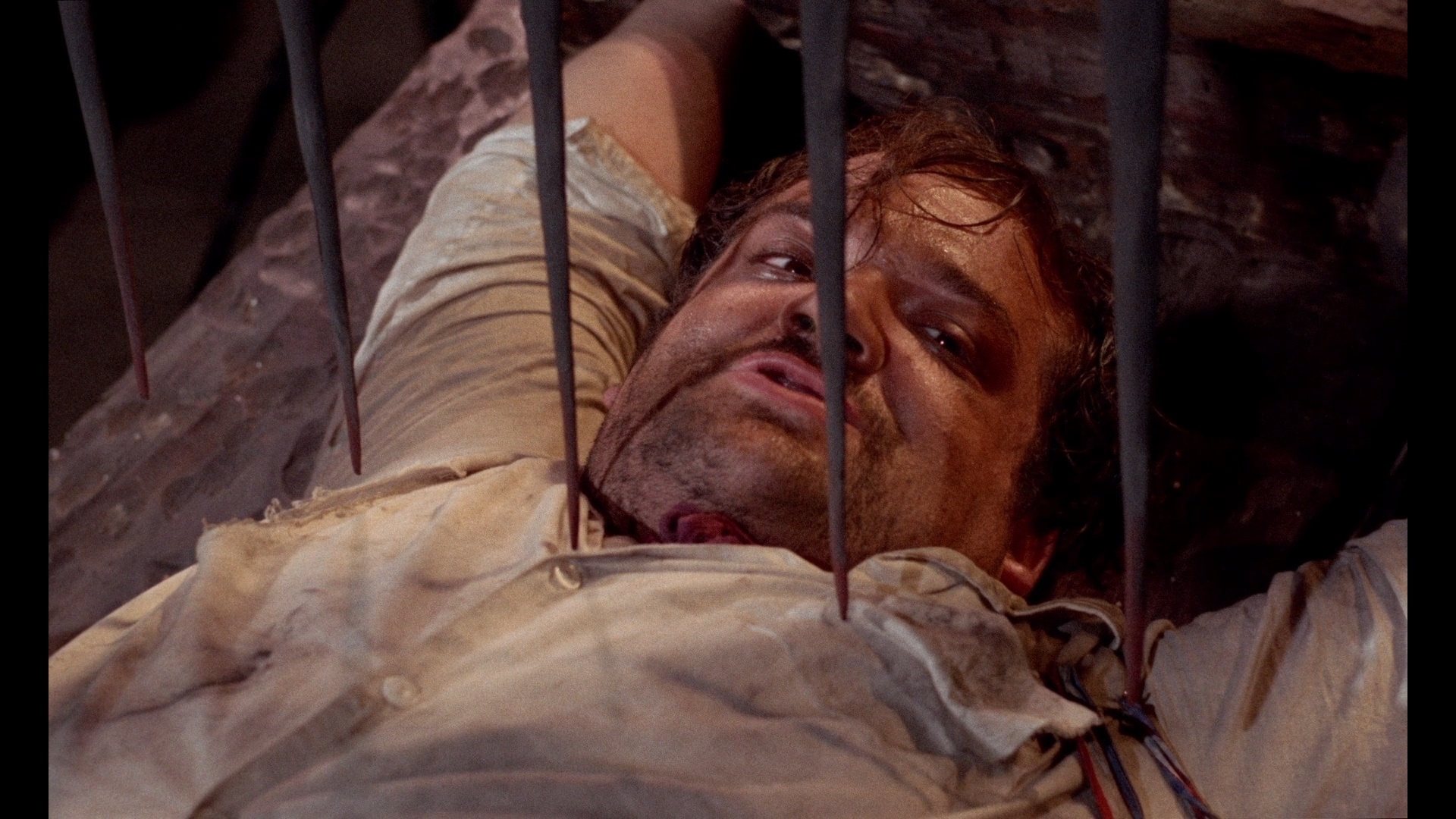 particular.
particular.
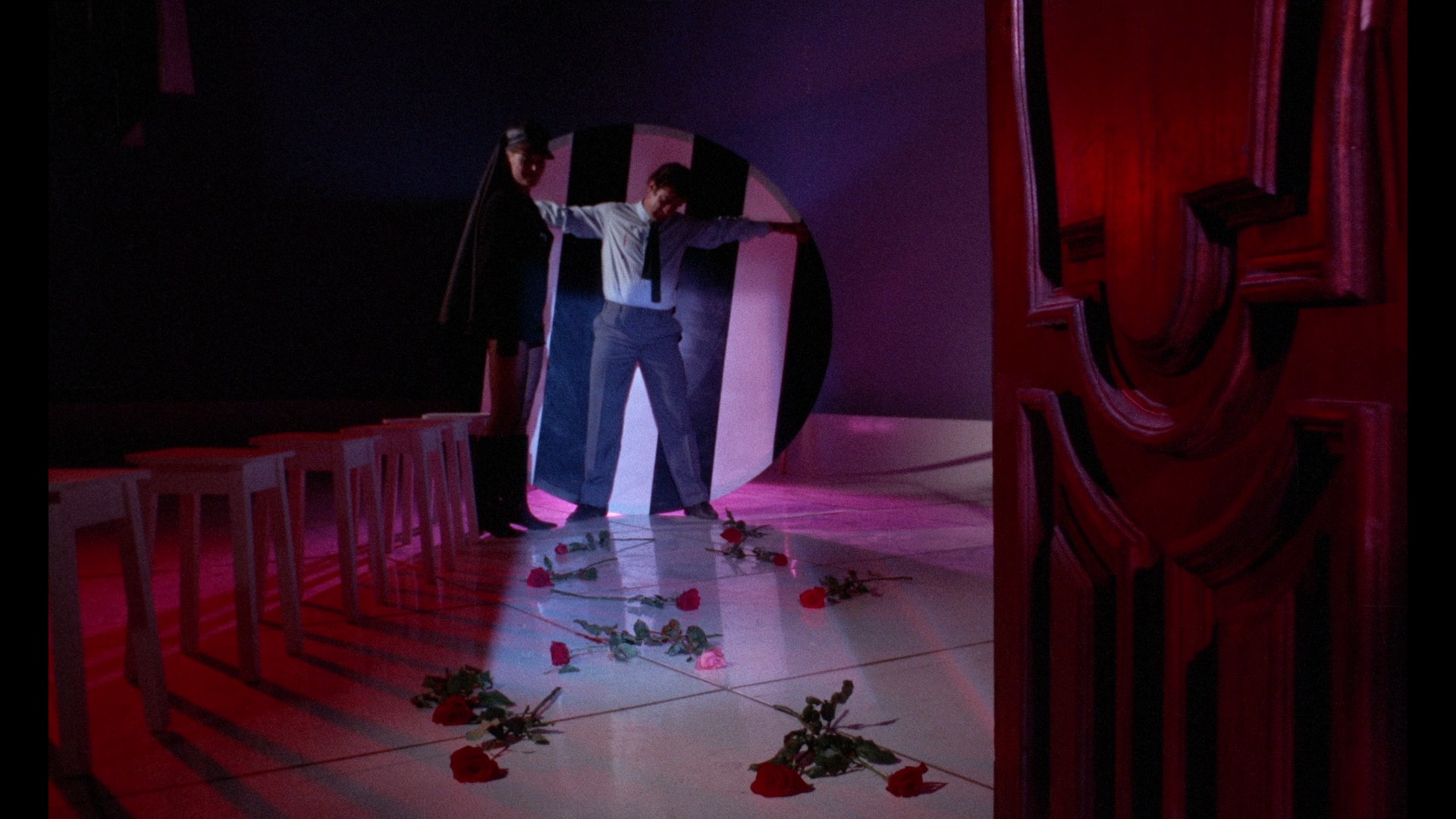 When Towers' deal with Warner Brothers/Seven Arts ended, he took the series and Lee to director Jess Franco for two more films by Jess Franco, The Blood of Fu Manchu and The Castle of Fu Manchu, which have more complex release histories including standalone U.S. editions on UHD and Blu-ray. Click here for full coverage of those. The limited edition 6,000-unit box also contains a 120-page book with a new essay on the series by Tim Lucas, a look at Towers' career, an overview of Rohmer, new notes on The Ghost of Monk’s Island and the Stoll Pictures’ Fu Manchu silent serials, archival newspaper coverage, pressbook extracts, and sample critical reviews, as well as double-sided poster and five replica production stills. Initial direct orders from the label also came with an exclusive bonus poster of the "Fu Manchu for Mayor" design that popped up all over New York in 1965.
When Towers' deal with Warner Brothers/Seven Arts ended, he took the series and Lee to director Jess Franco for two more films by Jess Franco, The Blood of Fu Manchu and The Castle of Fu Manchu, which have more complex release histories including standalone U.S. editions on UHD and Blu-ray. Click here for full coverage of those. The limited edition 6,000-unit box also contains a 120-page book with a new essay on the series by Tim Lucas, a look at Towers' career, an overview of Rohmer, new notes on The Ghost of Monk’s Island and the Stoll Pictures’ Fu Manchu silent serials, archival newspaper coverage, pressbook extracts, and sample critical reviews, as well as double-sided poster and five replica production stills. Initial direct orders from the label also came with an exclusive bonus poster of the "Fu Manchu for Mayor" design that popped up all over New York in 1965.
THE FACE OF FU MANCHU (Indicator) (Blu-ray)
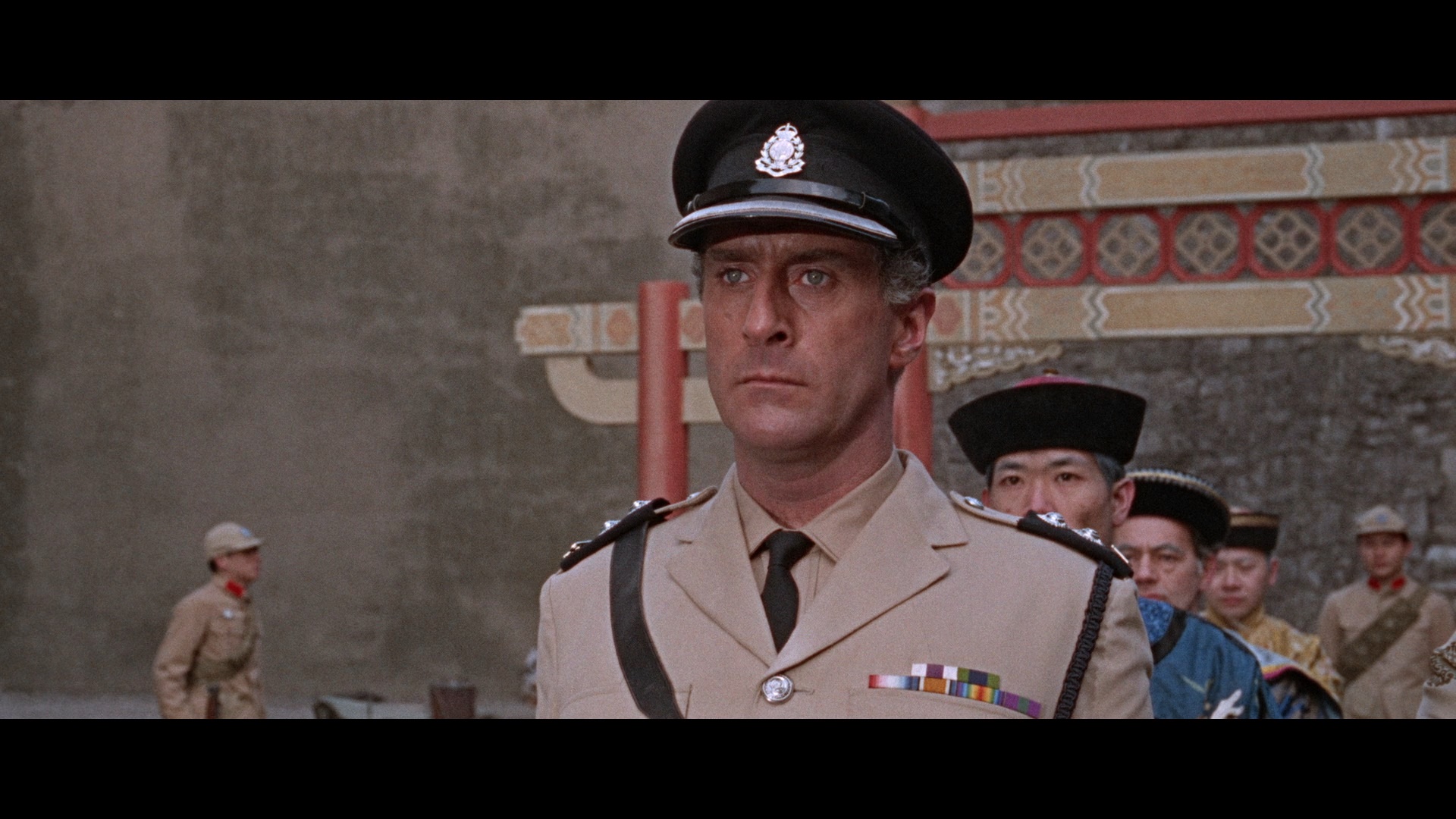
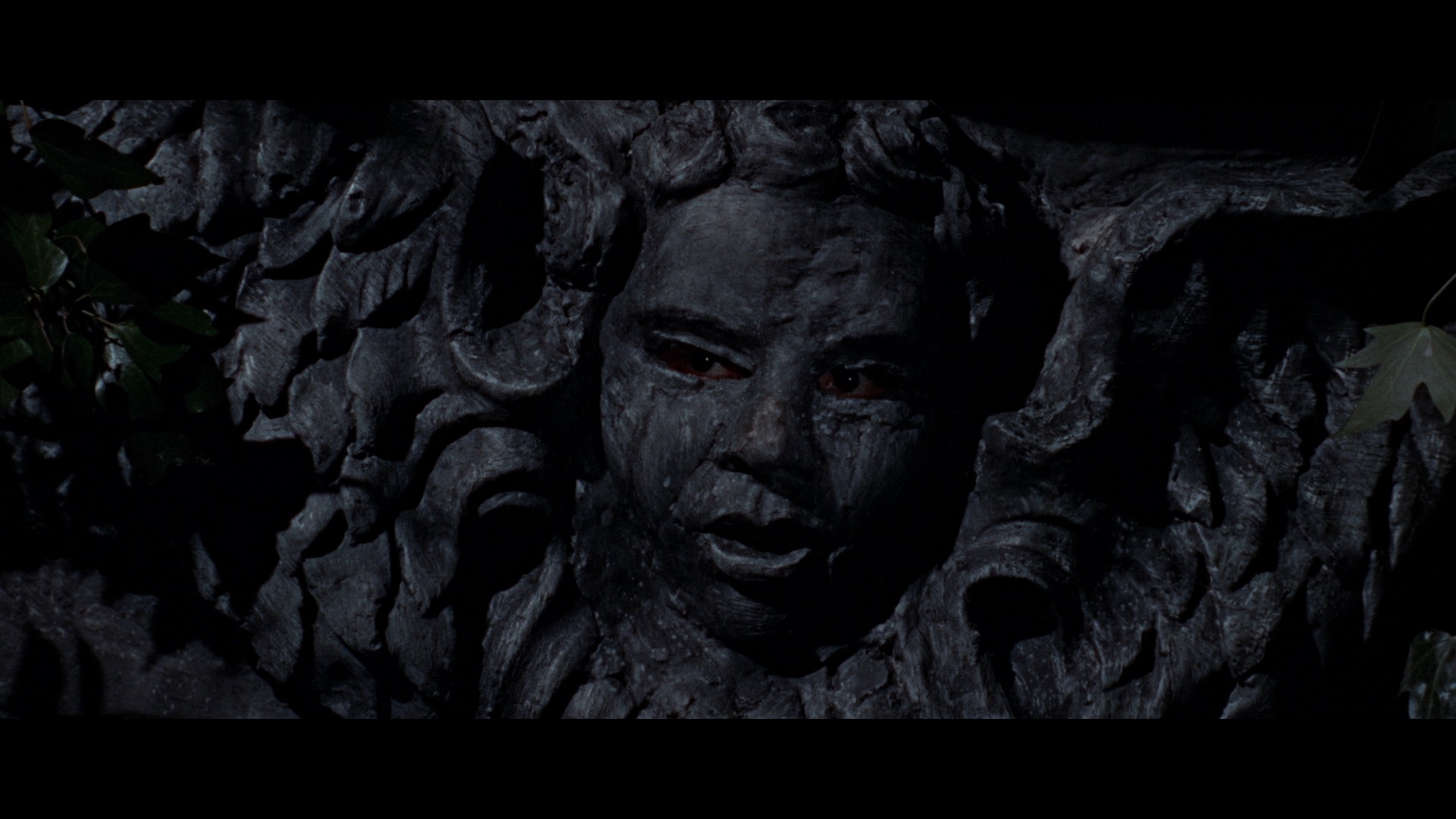
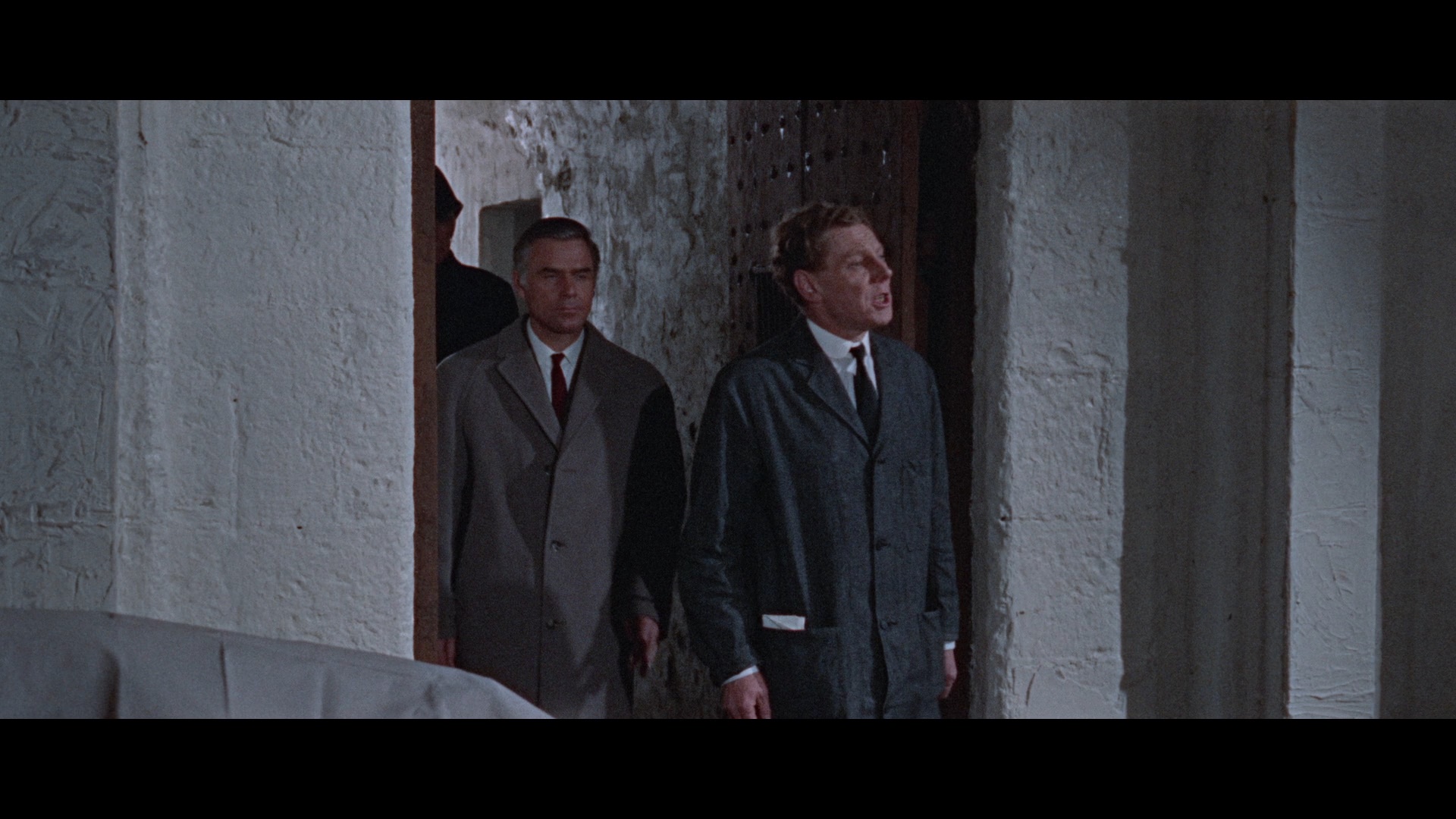
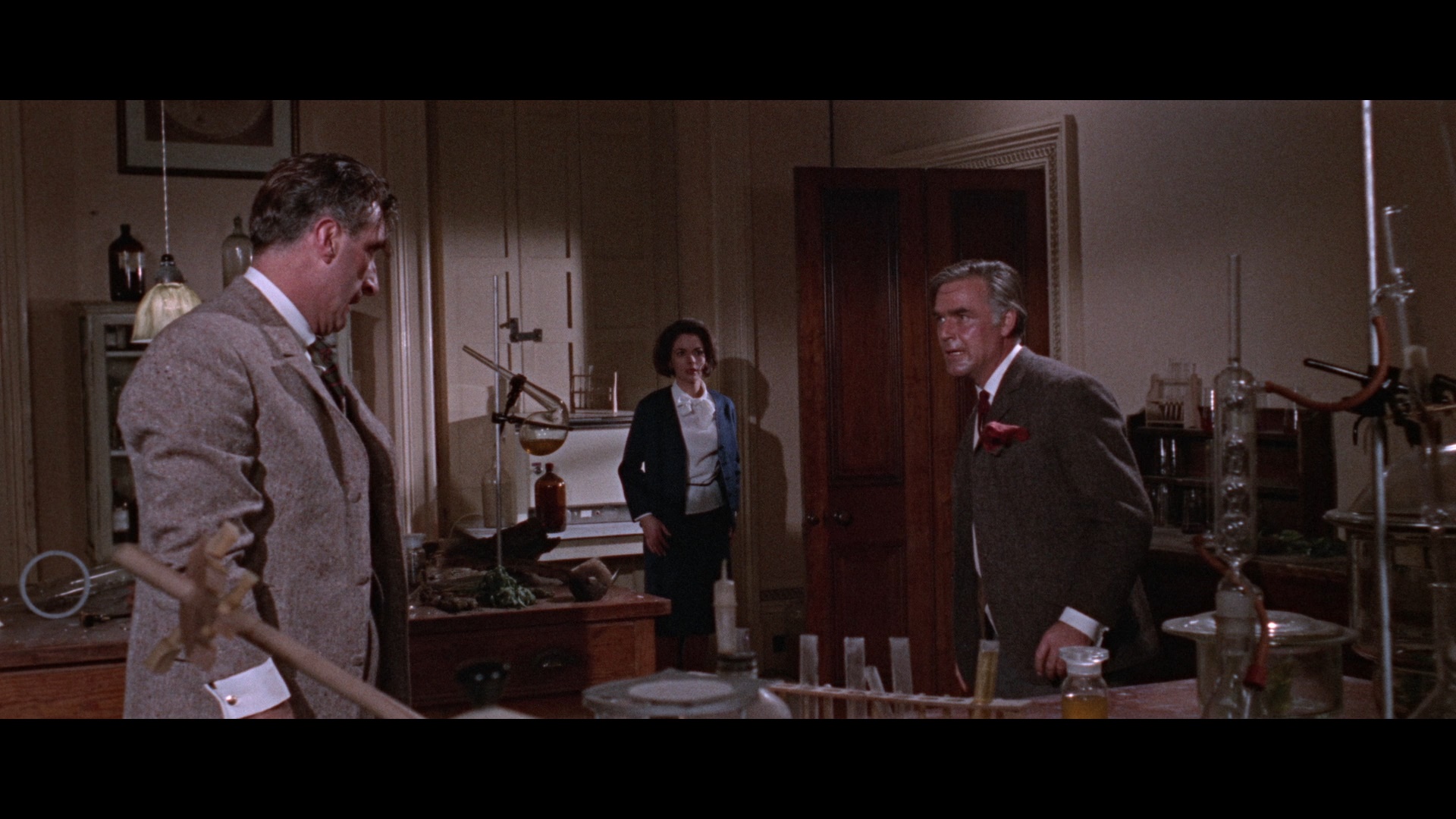
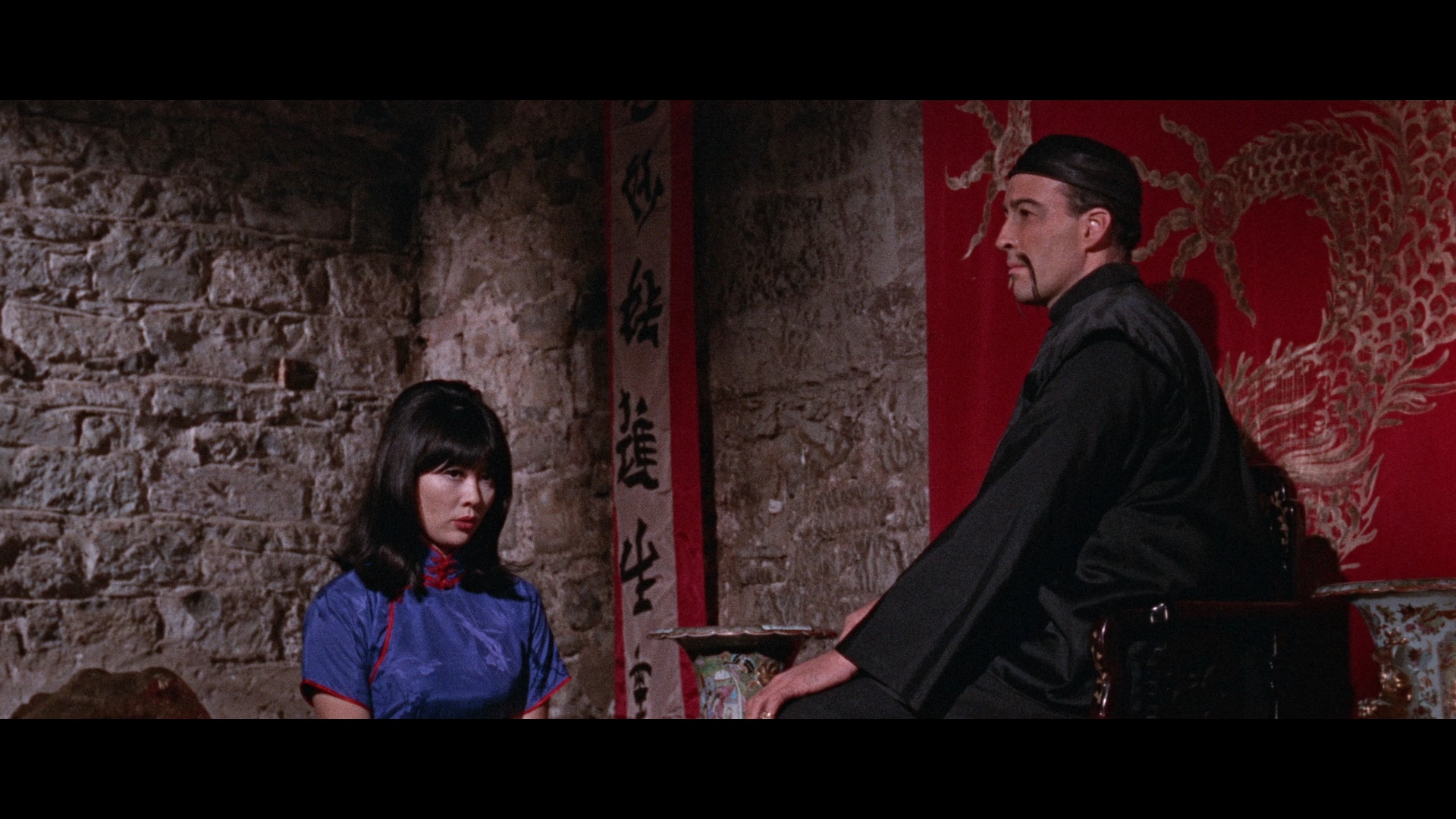
THE FACE OF FU MANCHU (Momentum) (DVD)
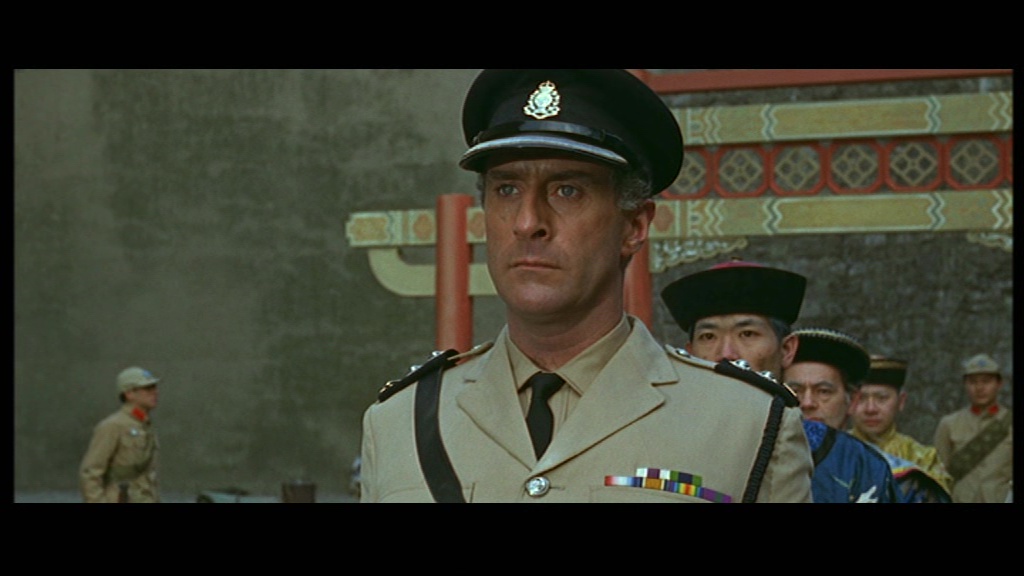
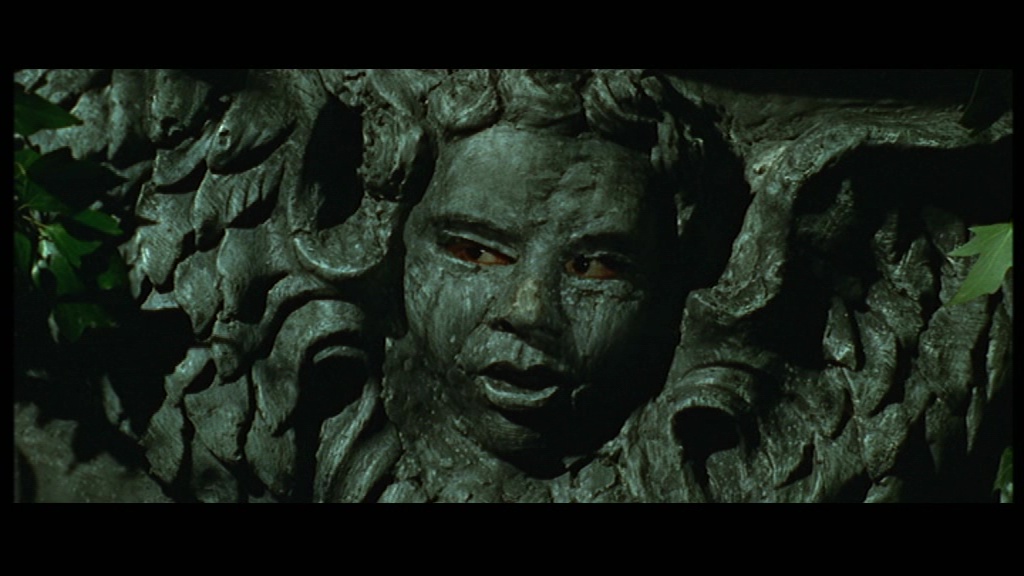
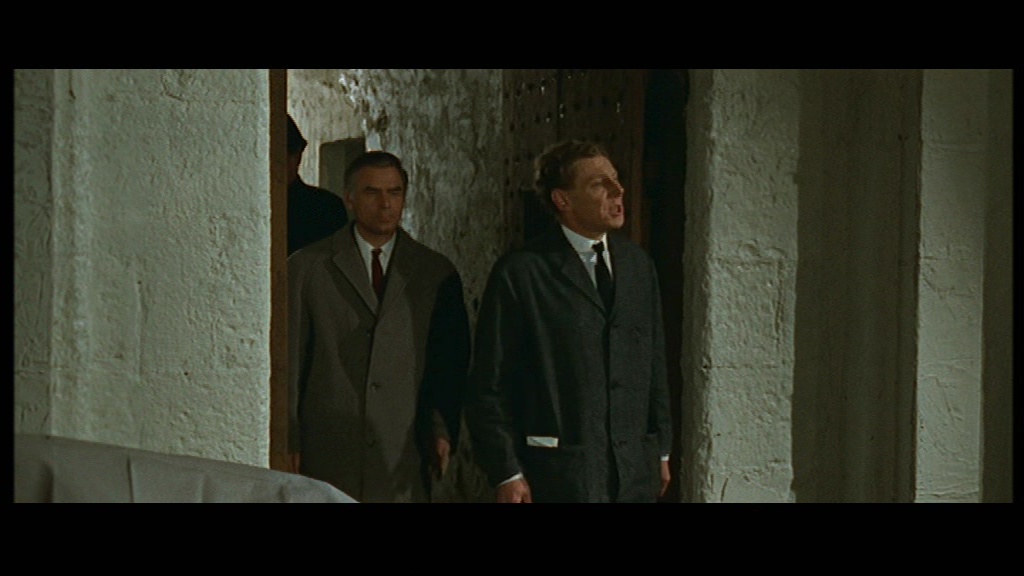
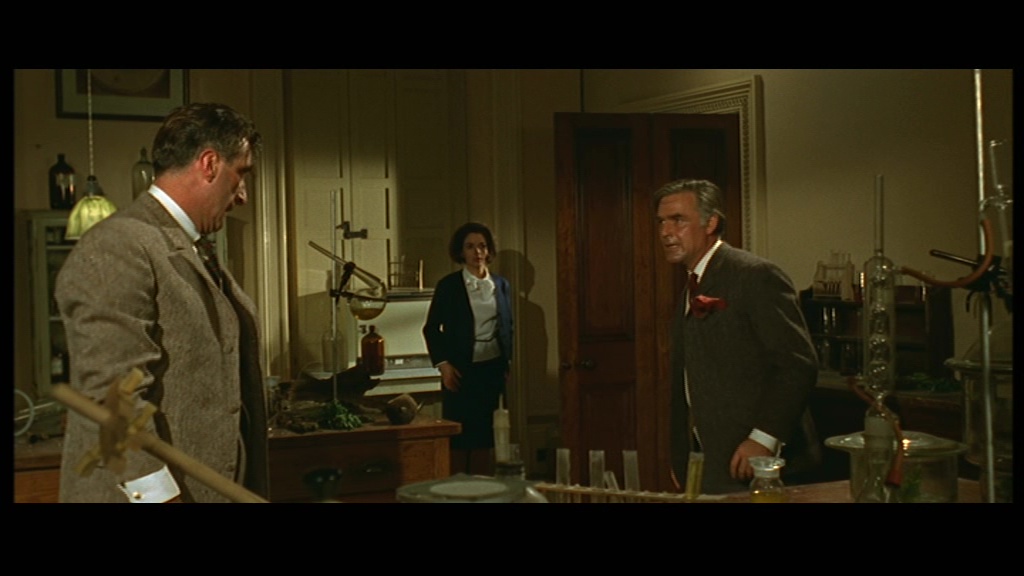
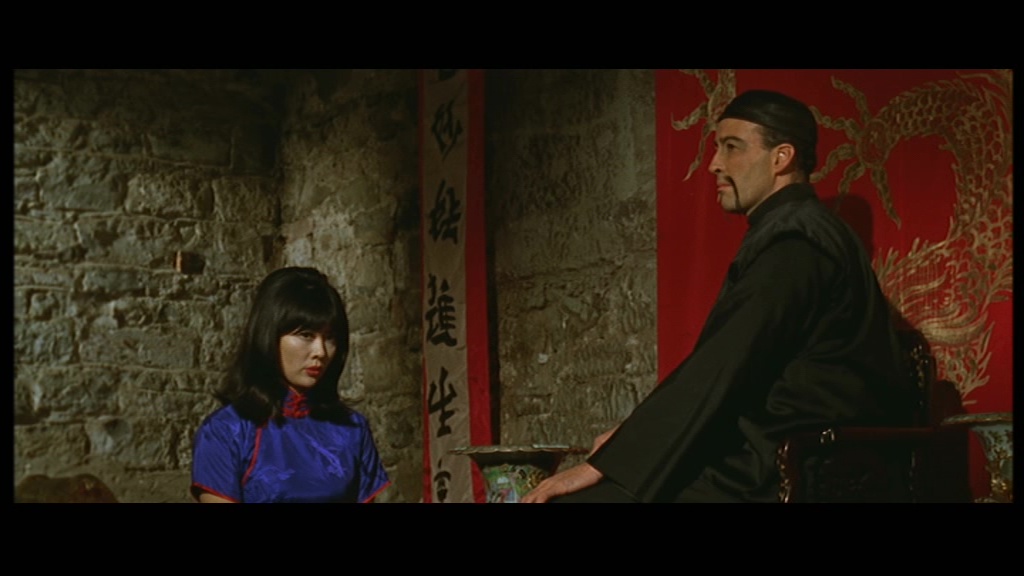
THE BRIDES OF FU MANCHU (Indicator) (Blu-ray)
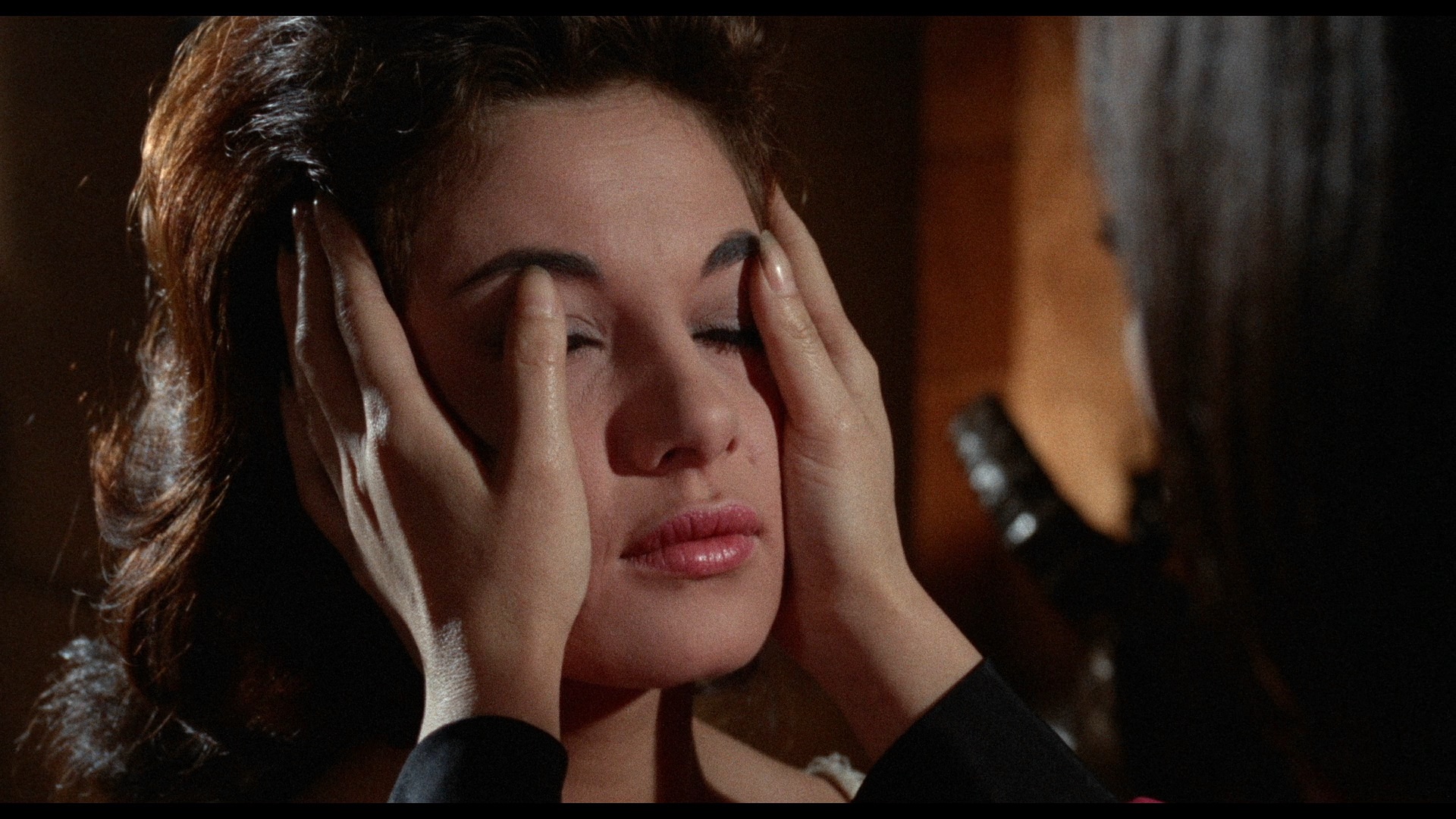
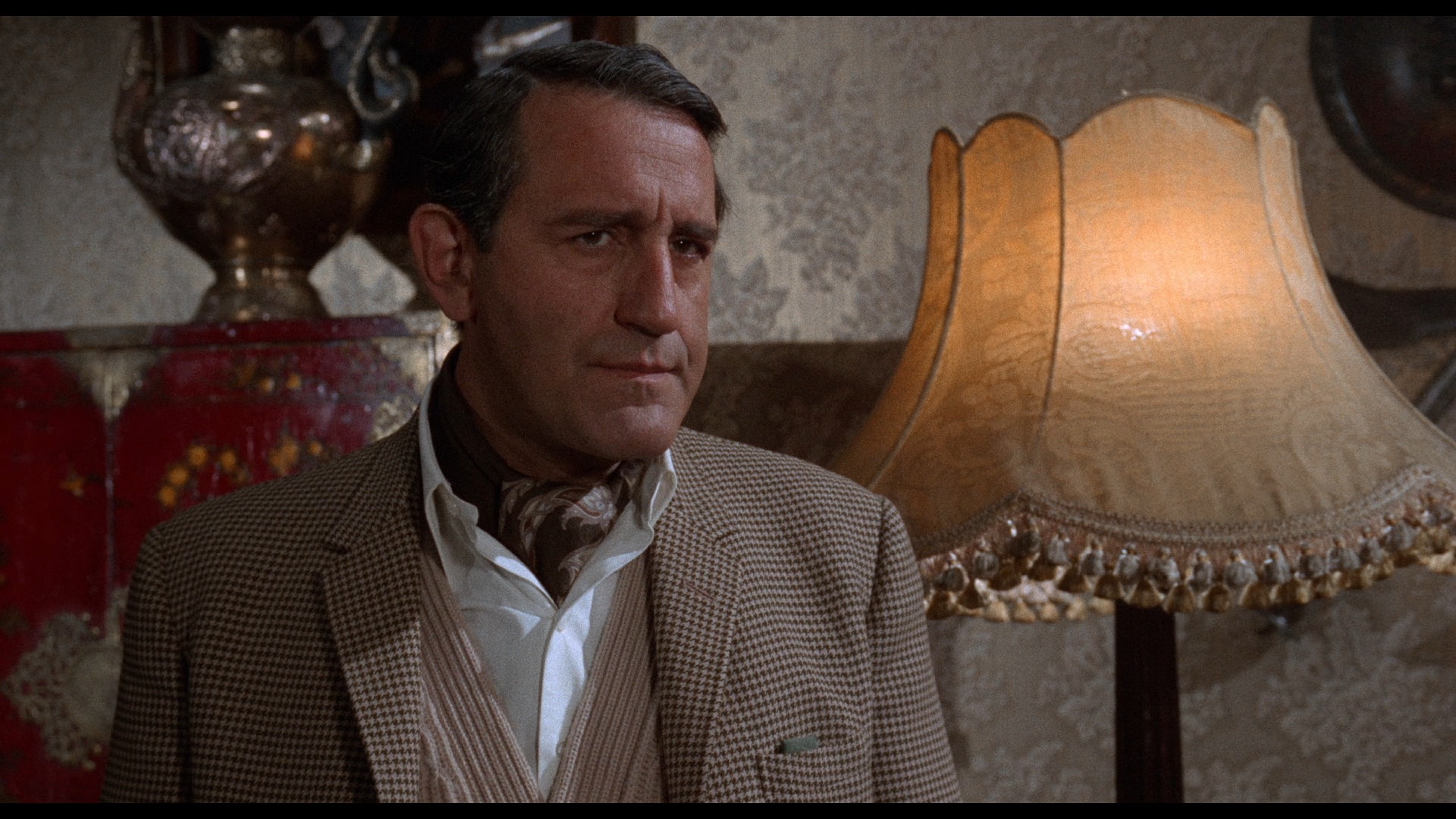
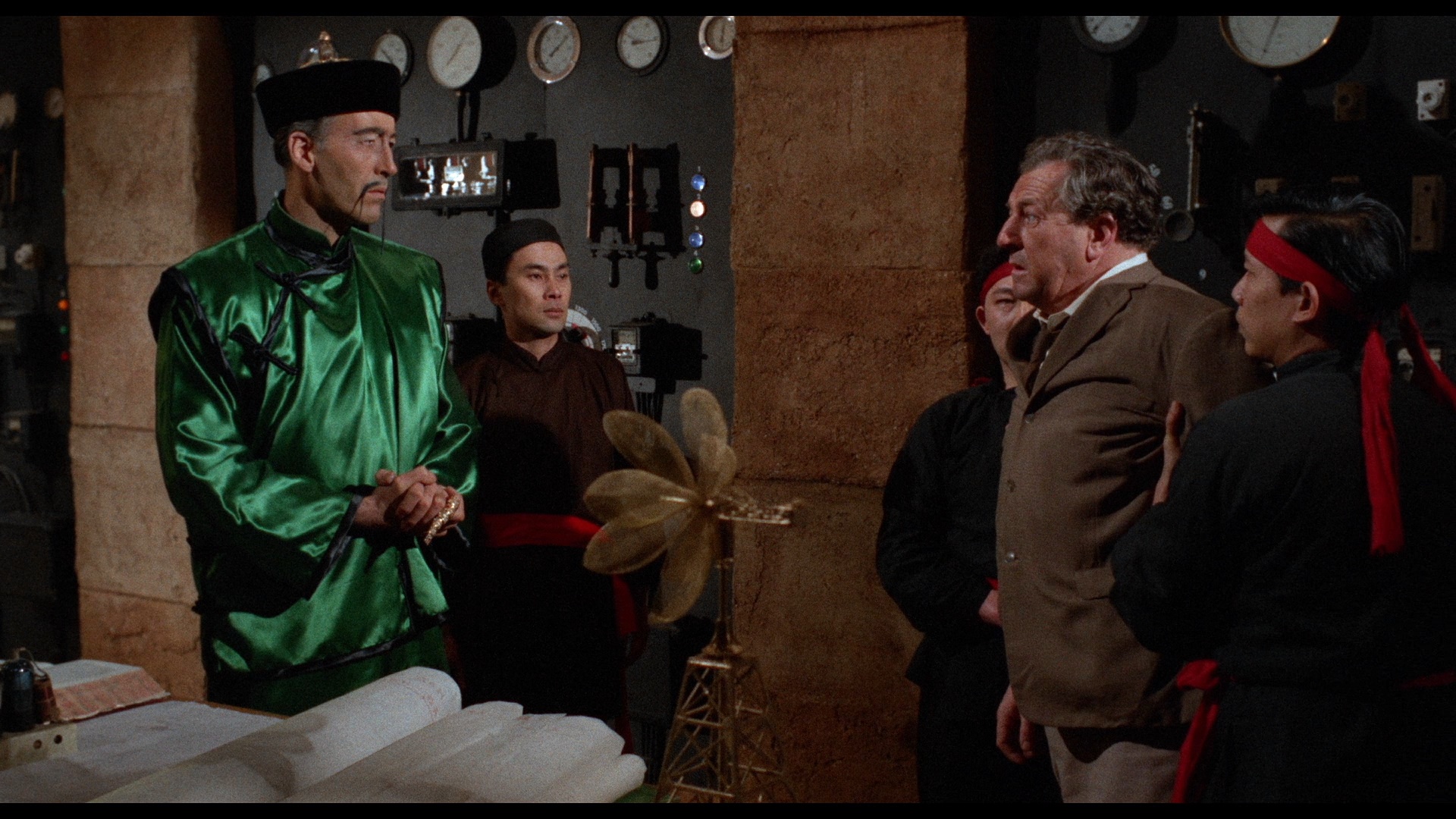
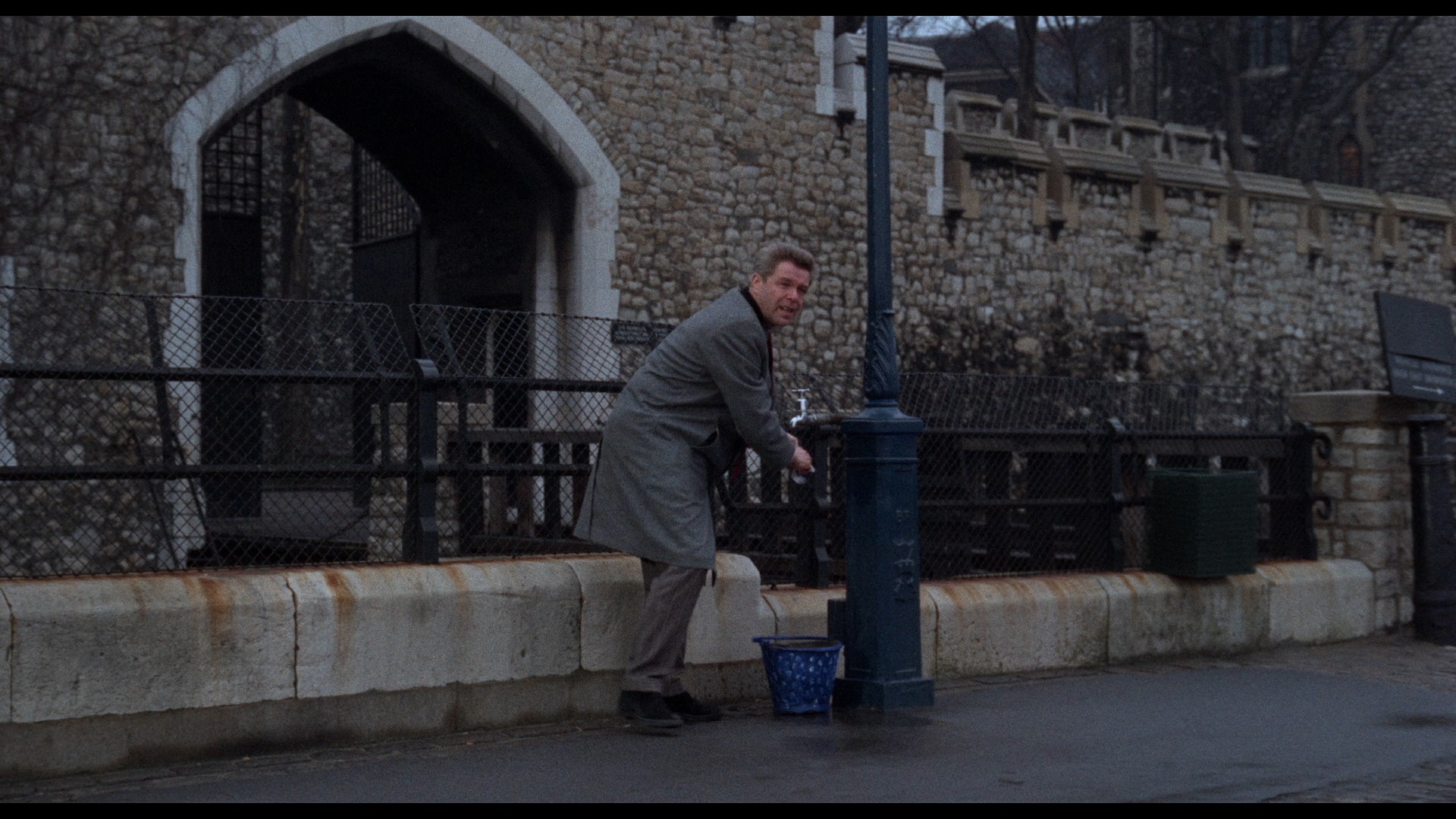
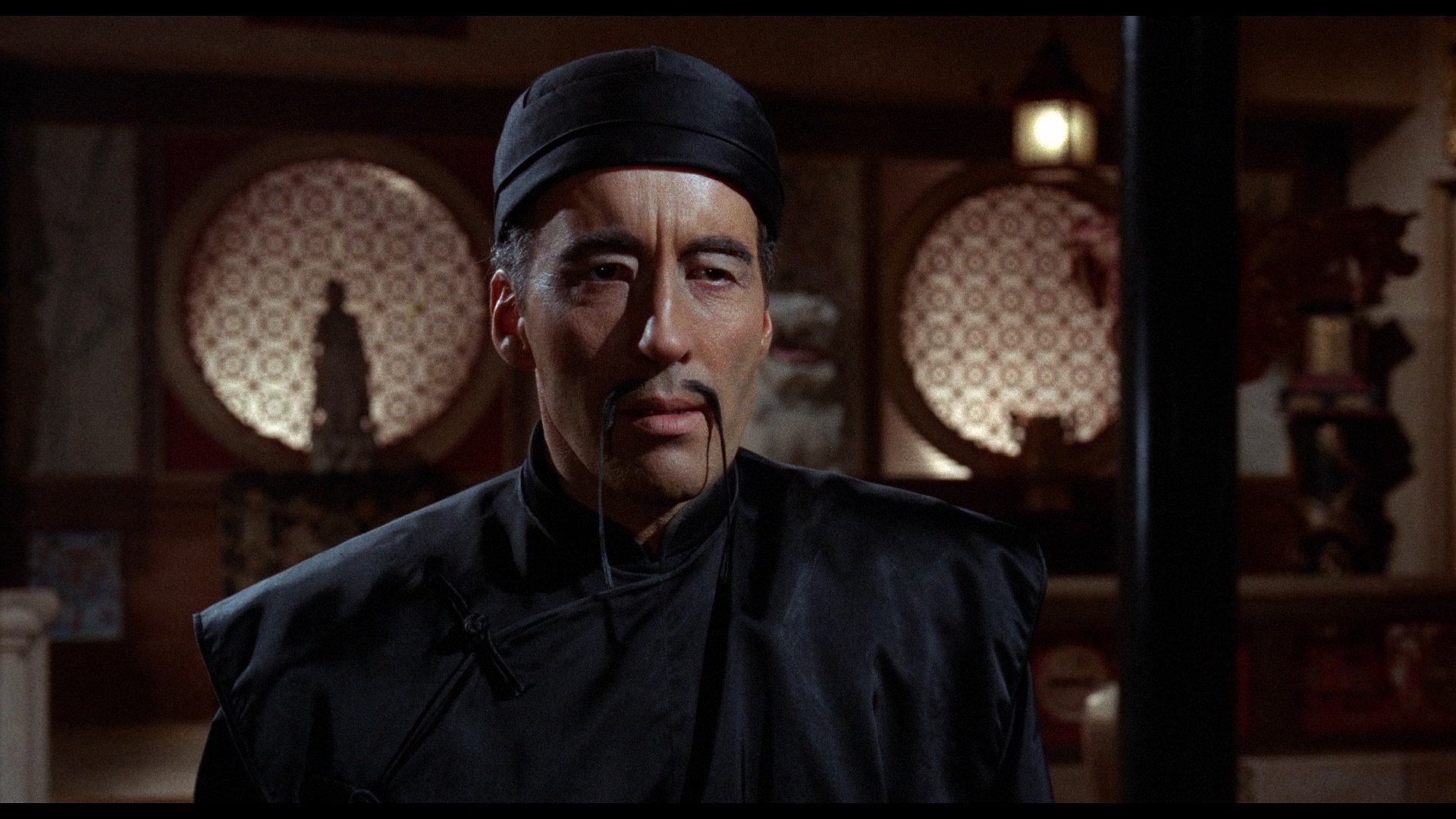
THE BRIDES OF FU MANCHU (Warner Bros.) (DVD)
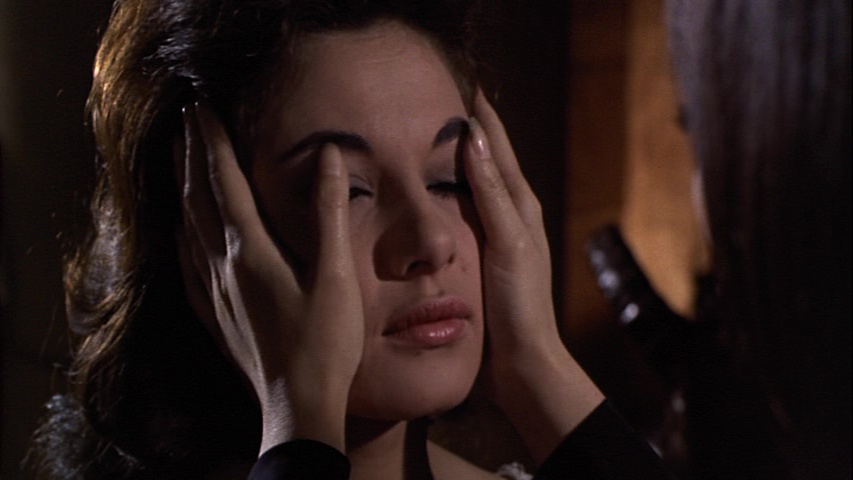
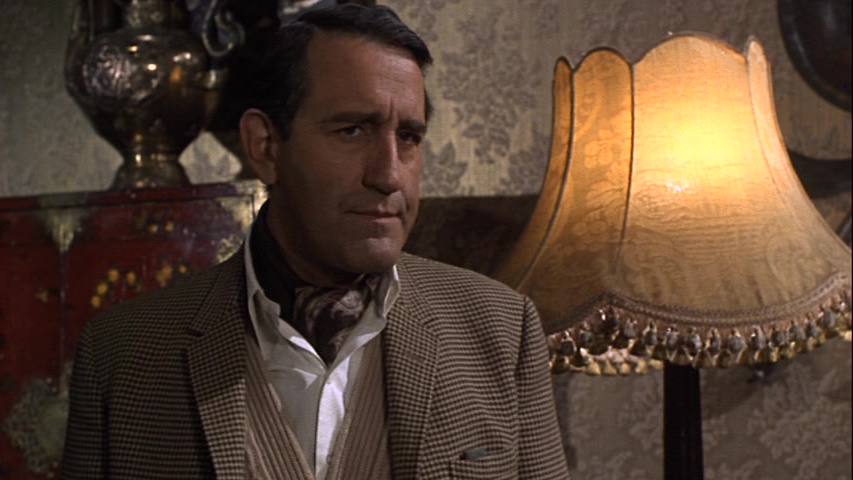
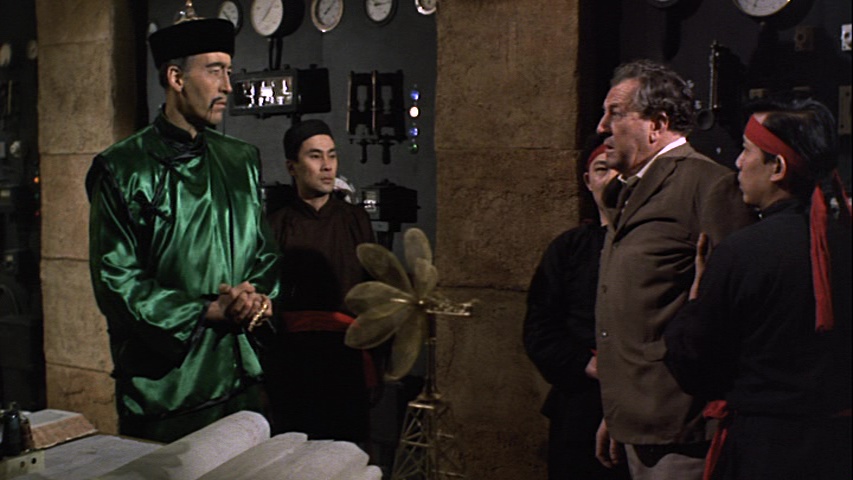
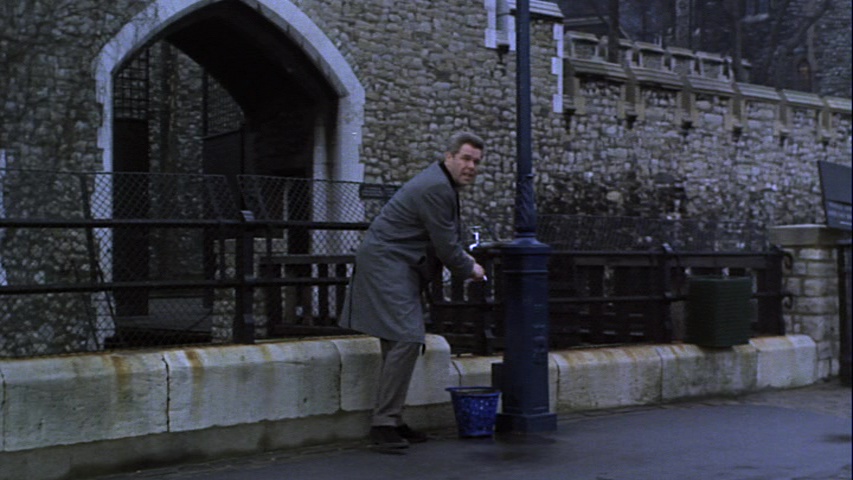
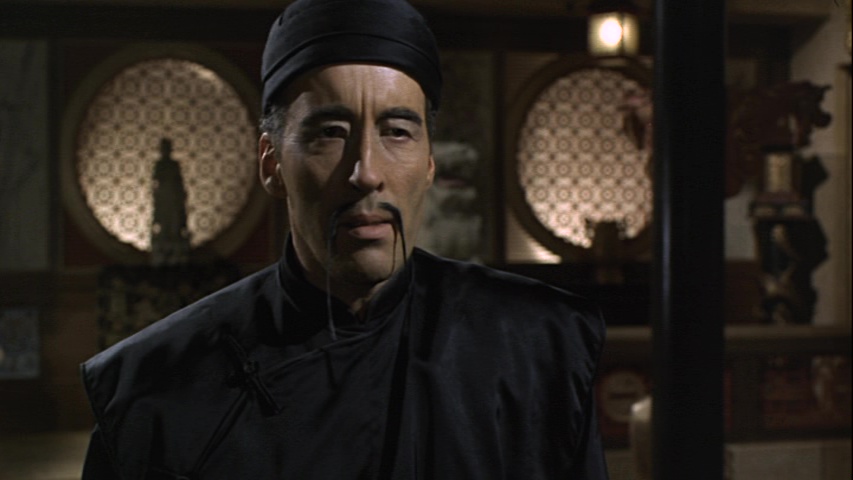
THE VENGEANCE OF FU MANCHU (Indicator) (Blu-ray)
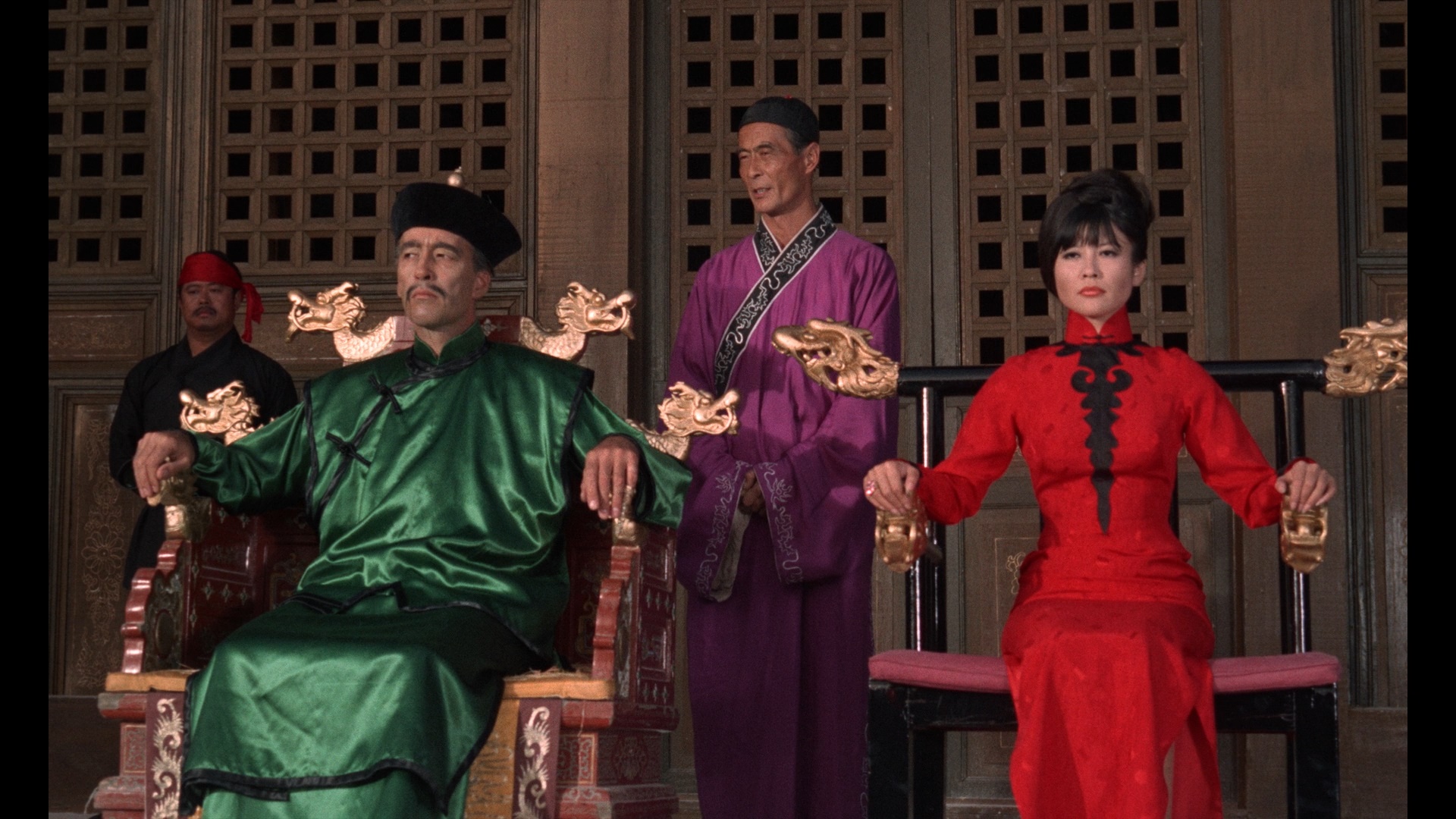
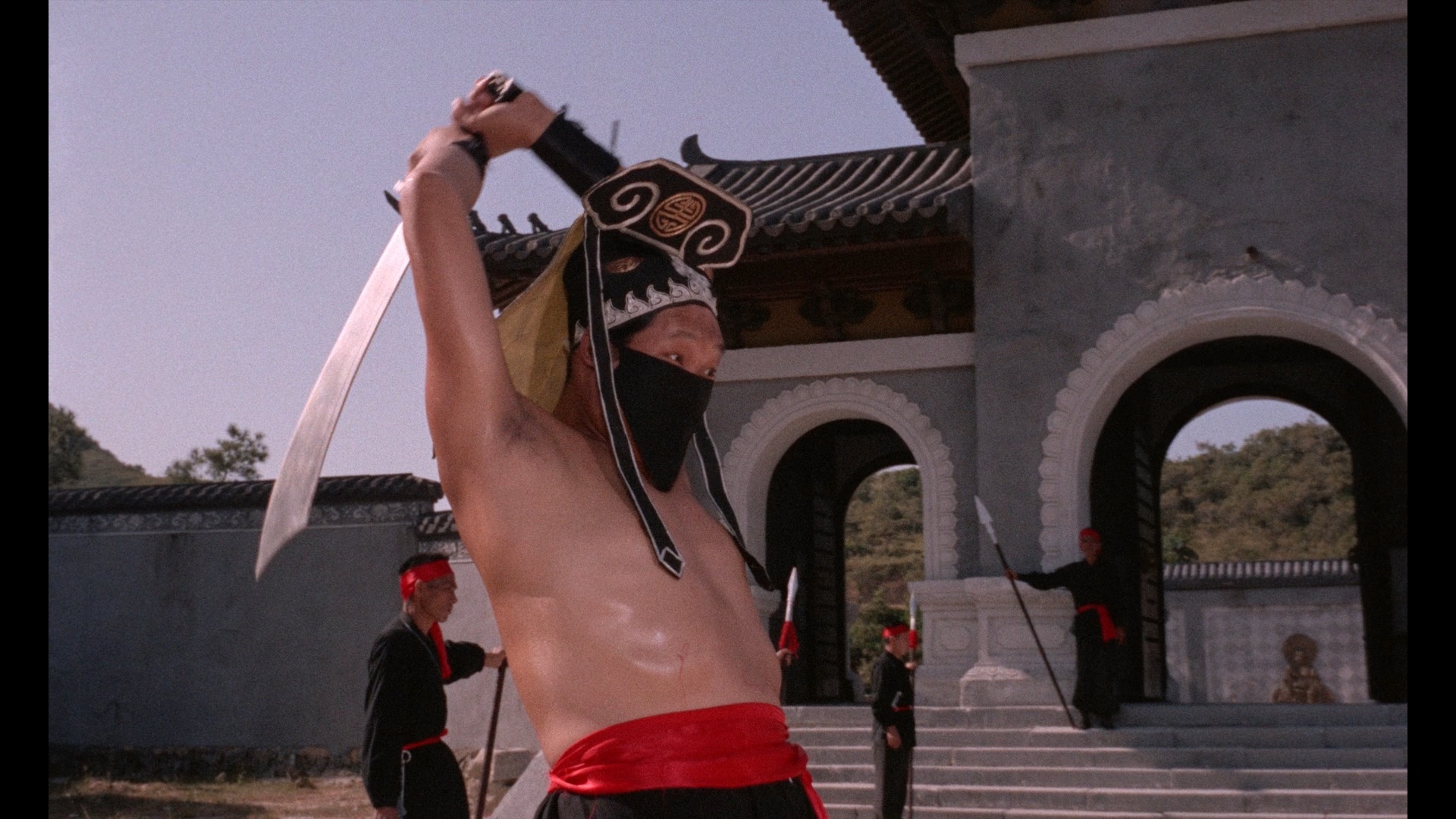
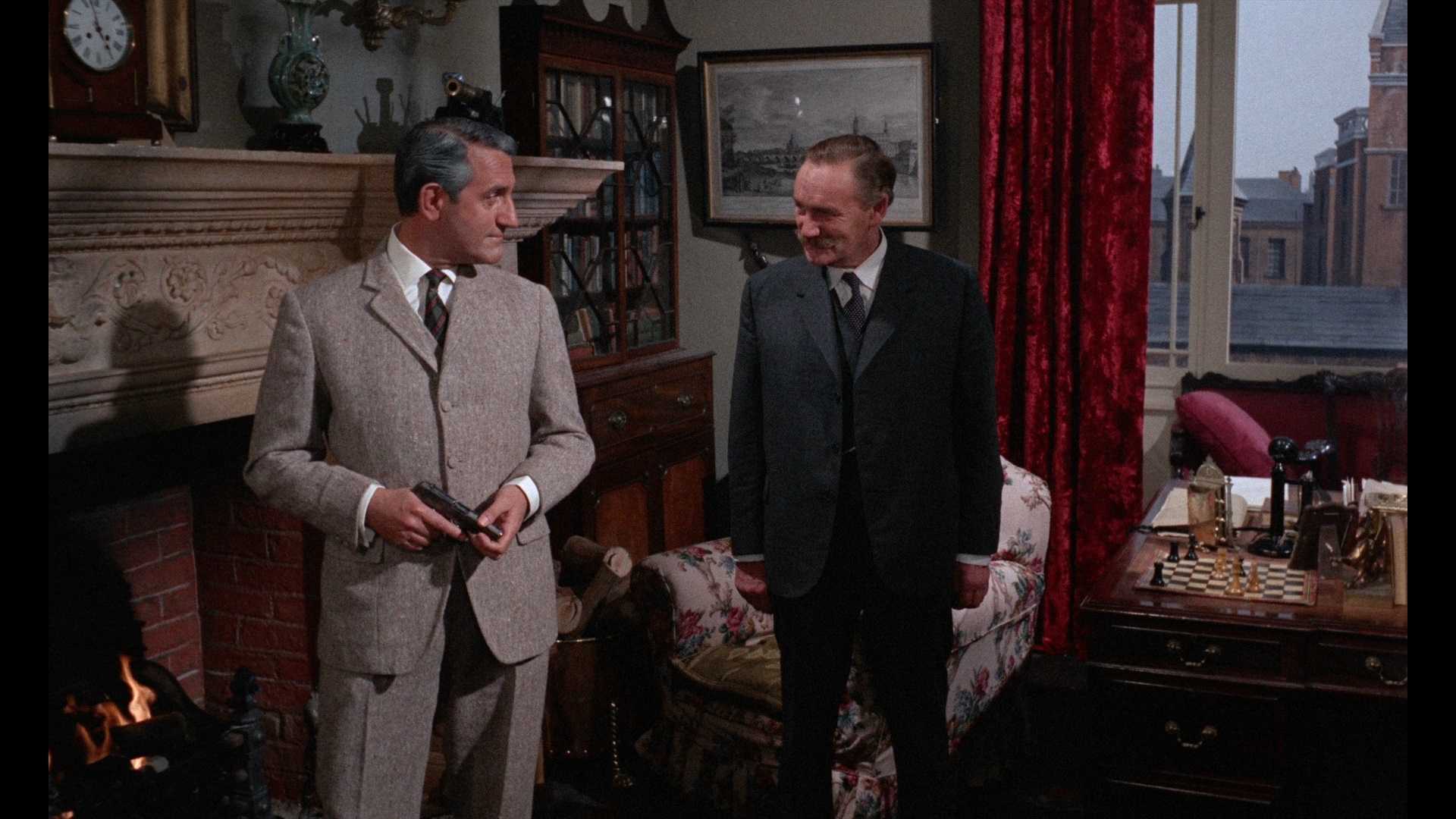
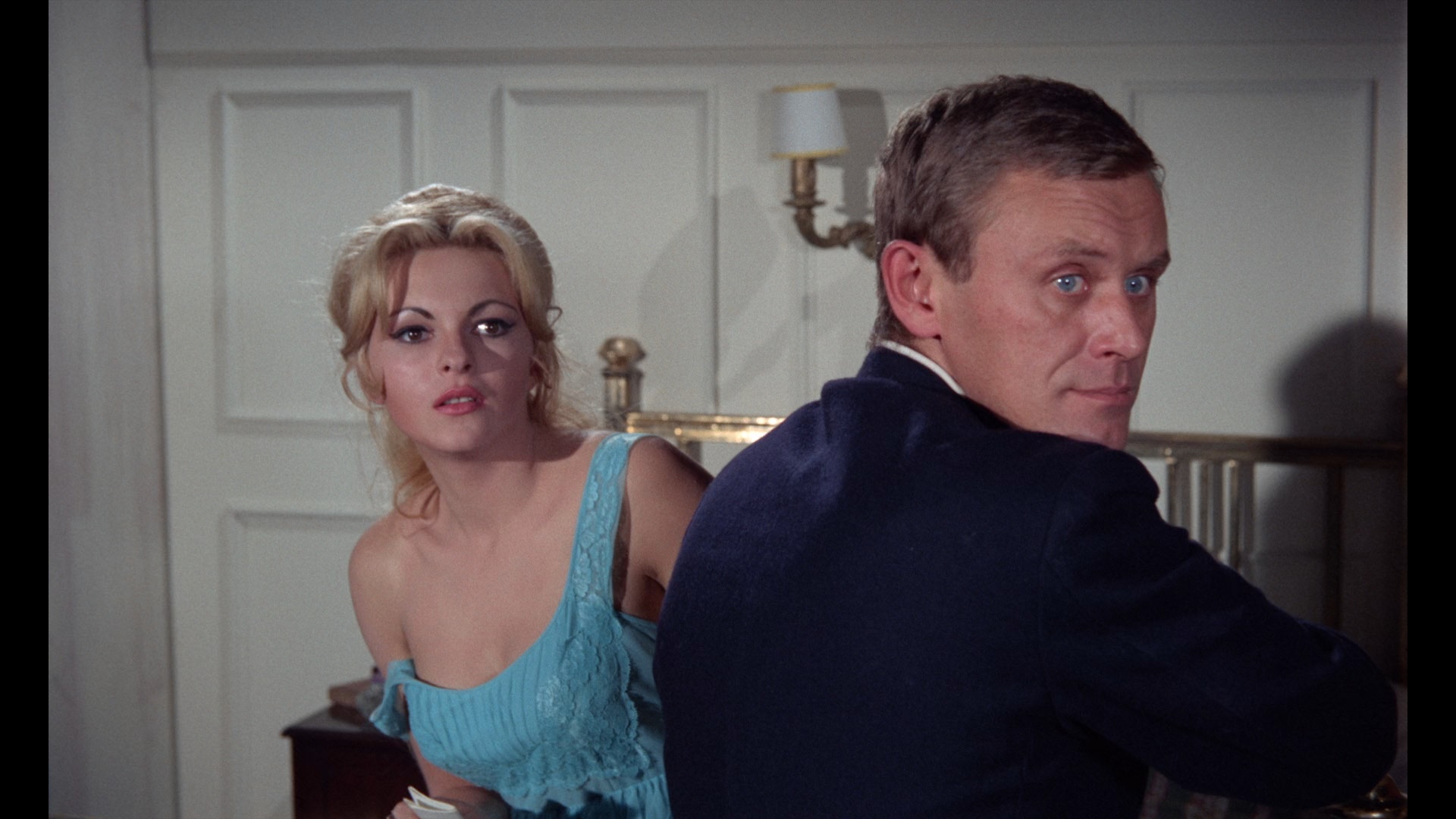
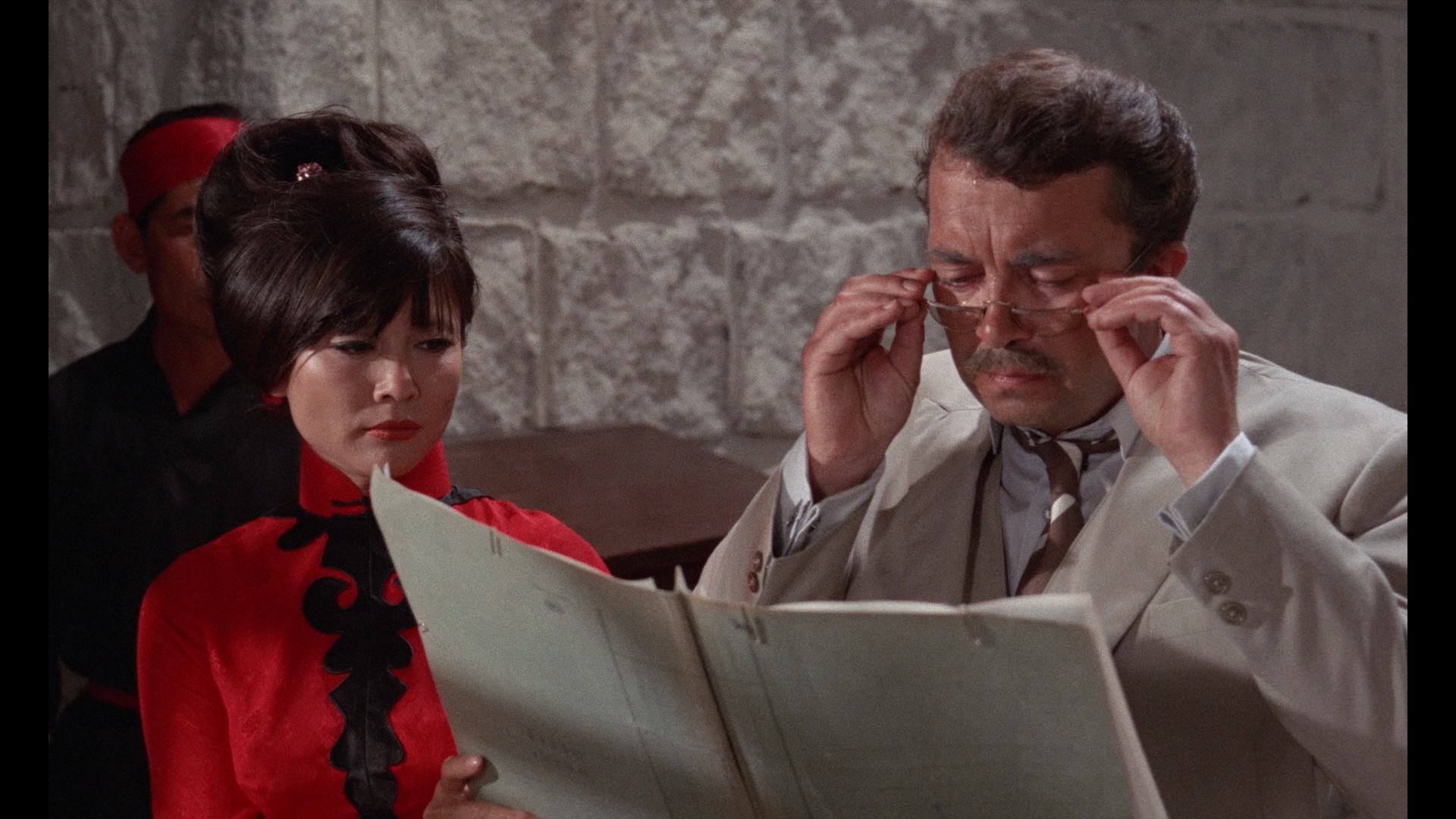
THE VENGEANCE OF FU MANCHU (Studio Canal) (DVD)
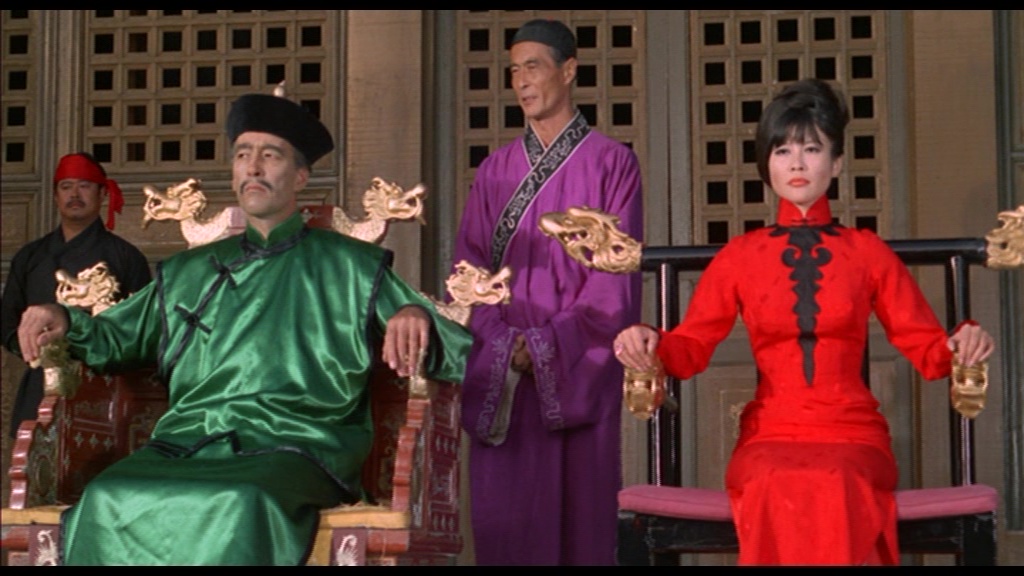
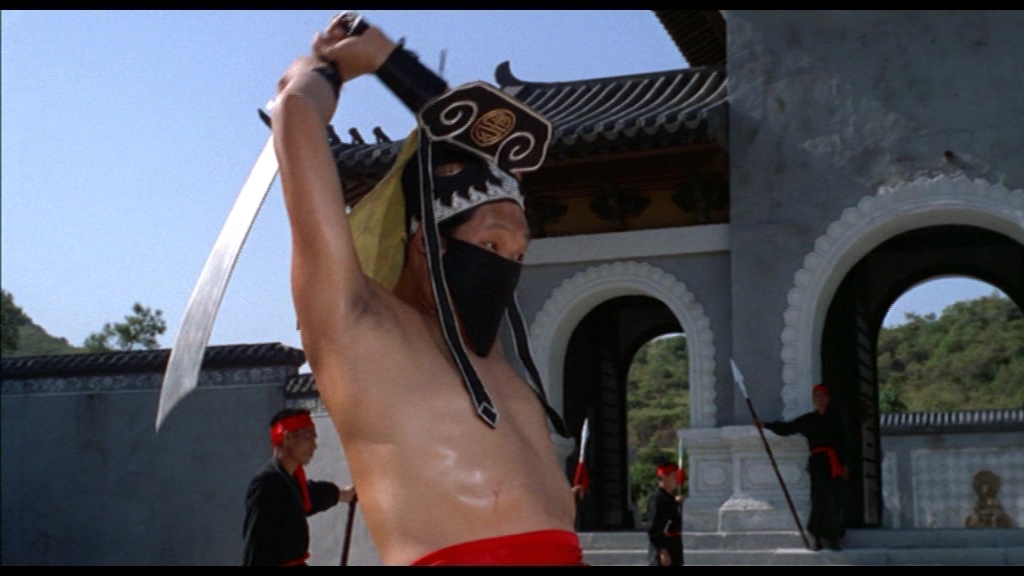
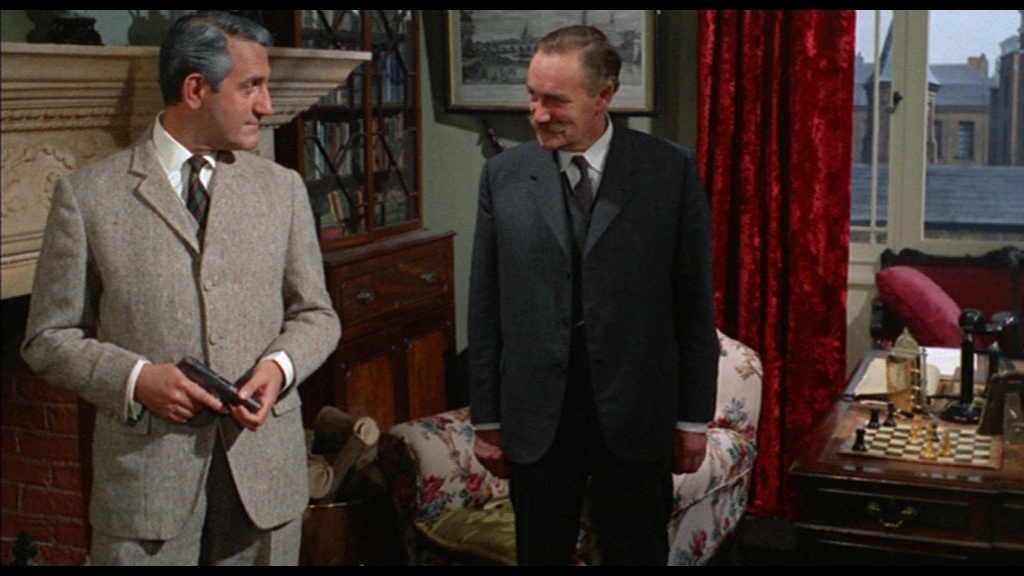
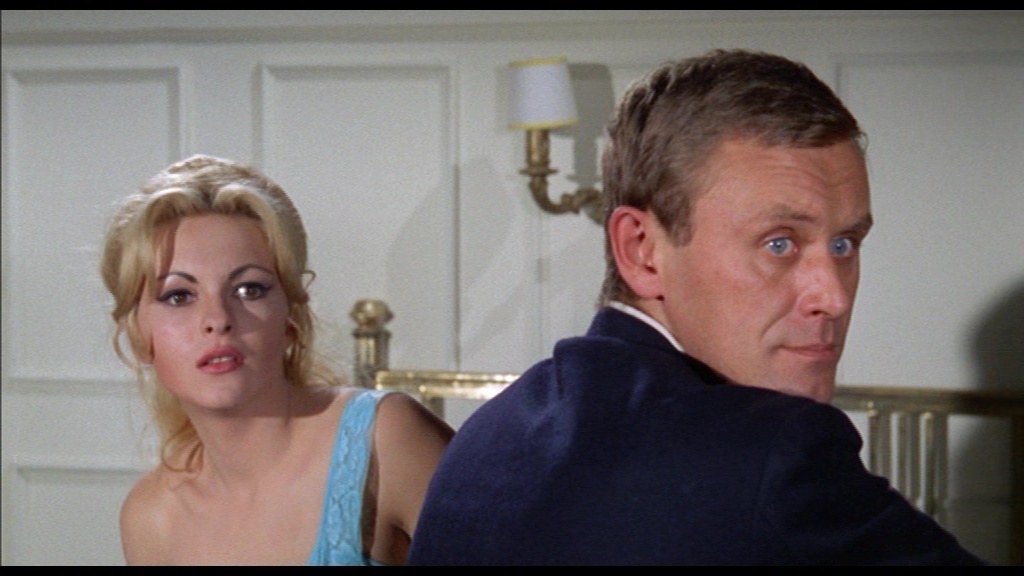
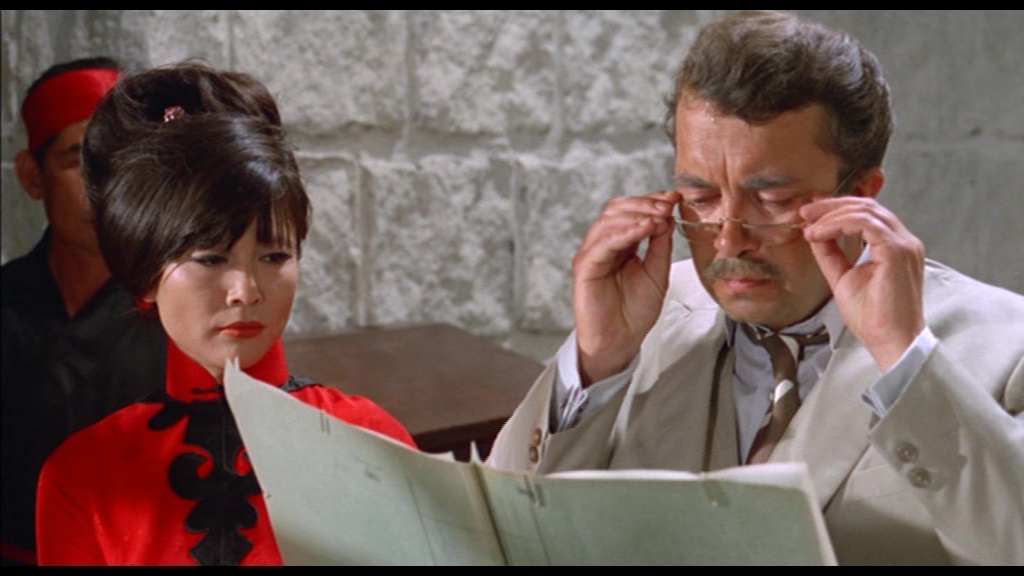
Reviewed on October 5, 2020.


 he'd become a superstar in the horror community
he'd become a superstar in the horror community  with his legendary roles for Hammer Films, Christopher Lee was still busy appearing in a variety of European co-productions that showed up off affinity for playing villains and heroes alike with great skill. He ended up getting one of his juiciest assignments from busy producer Harry Alan Towers (who wrote most of his own scripts under the name Peter Welbeck) with a splashy, full-color cinematic revival of Fu Manchu, the nefarious supervillain who featured in a large number of pulpy adventure novels by Sax Rohmer and most famously filmed earlier with Boris Karloff in The Mask of Fu Manchu. Even in the 1930s, the character had been the object of protests from the Asian community for its indulgence in "yellow peril" stereotypes that made it the violent flipside of the popular Charlie Chan mysteries. Nevertheless, the Rohmer formula proved to be highly influential over the years and had an undeniable influence on Ian Fleming, whose Dr. No in particular has Fu Manchu written all over it. For various reasons involving theatrical distributors and subsequent rights holders, it's been difficult to gather all five of Lee's films in the same place -- but the impossible has been achieved with the 2020 Blu-ray set from Indicator, The Fu Manchu Cycle, 1965-1969, which presents all the films in their finest editions to date... by a long shot.
with his legendary roles for Hammer Films, Christopher Lee was still busy appearing in a variety of European co-productions that showed up off affinity for playing villains and heroes alike with great skill. He ended up getting one of his juiciest assignments from busy producer Harry Alan Towers (who wrote most of his own scripts under the name Peter Welbeck) with a splashy, full-color cinematic revival of Fu Manchu, the nefarious supervillain who featured in a large number of pulpy adventure novels by Sax Rohmer and most famously filmed earlier with Boris Karloff in The Mask of Fu Manchu. Even in the 1930s, the character had been the object of protests from the Asian community for its indulgence in "yellow peril" stereotypes that made it the violent flipside of the popular Charlie Chan mysteries. Nevertheless, the Rohmer formula proved to be highly influential over the years and had an undeniable influence on Ian Fleming, whose Dr. No in particular has Fu Manchu written all over it. For various reasons involving theatrical distributors and subsequent rights holders, it's been difficult to gather all five of Lee's films in the same place -- but the impossible has been achieved with the 2020 Blu-ray set from Indicator, The Fu Manchu Cycle, 1965-1969, which presents all the films in their finest editions to date... by a long shot.  rights scattered around since then including a 2012 DVD-R edition from Warner Archive in 2012 and a pressed disc from Optimum on U.K. DVD. No matter how you see it, the film still holds up as an atmospheric and elegantly mounted thriller under the guidance of director Don Sharp, who had proven his mettle at Hammer with Kiss of the Vampire and Rasputin: The Mad Monk. It's also the only entry shot in scope, using every inch of the expansive frame to its advantage while keeping the feel of Rohmer intact including the original early 20th-century setting.
rights scattered around since then including a 2012 DVD-R edition from Warner Archive in 2012 and a pressed disc from Optimum on U.K. DVD. No matter how you see it, the film still holds up as an atmospheric and elegantly mounted thriller under the guidance of director Don Sharp, who had proven his mettle at Hammer with Kiss of the Vampire and Rasputin: The Mad Monk. It's also the only entry shot in scope, using every inch of the expansive frame to its advantage while keeping the feel of Rohmer intact including the original early 20th-century setting.  thin white scratches fluttering against the edge of the left side, it's nice to see the extra image info that had always been hidden before for such a significant chunk of the running time. The DTS-HD MA English 1.0 mono track also sounds excellent and comes with optional English SDH subtitles, a configuration repeated for the other four films in the box. An audio commentary with Stephen Jones and Kim Newman is a thorough study of the film and the series as a whole, covering Towers' globe-hopping approach to the cycle (for possibly shady reasons), the importance of Rohmer's literary influence, Lee's career around the time, and the luxurious approach to the production compared to many of its peers at the time. Two other audio options are "The BEHP Interview with Don Sharp - Part One" and "The BEHP Interview with Ernest Steward - Part One: The BIP Years," both of which run through the length of the feature and have the director and cinematographer speaking at great length about their personal histories and many of their key projects over the years. A short black-and-white archival interview with Lee (3m54s) recording during the shoot in Dublin (and featured on the local show Newsbeat) features him talking about his rise to horror stardom and his belief that he got villainous roles based on his performance in A Tale of Two Cities. A new video intro by BFI curator Vic Pratt (6m48s) is a good thumbnail guide to the film with context about the shooting locations, the major players behind the scenes, the increased kink factor that imperiled a variety of beautiful actresses, the very '60s visual elements that pop up despite the setting, and the star's desire to add a major literary name to his roster of roles even within the confines of his makeup. In "Underneath the Skin" (48m32s), Christopher Frayling takes a deep dive into Rohmer proper with an analysis of the literary canon, the author himself (including the origins of his pen name), the evolving social attitudes that sometimes ran counter to the book series particularly with regards to British imperialism and attitudes about Chinese culture and immigrants. Also included are three alternate title sequences (American, French, and Spanish), a two-part, black-and-white Super 8 version (16m8s) with sound expertly added back from surviving vinyl copies, three trailers (British, German, and textless French), and an extensive 98-image gallery of stills and promotional ephemera.
thin white scratches fluttering against the edge of the left side, it's nice to see the extra image info that had always been hidden before for such a significant chunk of the running time. The DTS-HD MA English 1.0 mono track also sounds excellent and comes with optional English SDH subtitles, a configuration repeated for the other four films in the box. An audio commentary with Stephen Jones and Kim Newman is a thorough study of the film and the series as a whole, covering Towers' globe-hopping approach to the cycle (for possibly shady reasons), the importance of Rohmer's literary influence, Lee's career around the time, and the luxurious approach to the production compared to many of its peers at the time. Two other audio options are "The BEHP Interview with Don Sharp - Part One" and "The BEHP Interview with Ernest Steward - Part One: The BIP Years," both of which run through the length of the feature and have the director and cinematographer speaking at great length about their personal histories and many of their key projects over the years. A short black-and-white archival interview with Lee (3m54s) recording during the shoot in Dublin (and featured on the local show Newsbeat) features him talking about his rise to horror stardom and his belief that he got villainous roles based on his performance in A Tale of Two Cities. A new video intro by BFI curator Vic Pratt (6m48s) is a good thumbnail guide to the film with context about the shooting locations, the major players behind the scenes, the increased kink factor that imperiled a variety of beautiful actresses, the very '60s visual elements that pop up despite the setting, and the star's desire to add a major literary name to his roster of roles even within the confines of his makeup. In "Underneath the Skin" (48m32s), Christopher Frayling takes a deep dive into Rohmer proper with an analysis of the literary canon, the author himself (including the origins of his pen name), the evolving social attitudes that sometimes ran counter to the book series particularly with regards to British imperialism and attitudes about Chinese culture and immigrants. Also included are three alternate title sequences (American, French, and Spanish), a two-part, black-and-white Super 8 version (16m8s) with sound expertly added back from surviving vinyl copies, three trailers (British, German, and textless French), and an extensive 98-image gallery of stills and promotional ephemera. 
 Quickly shot and released to theaters a year later, The Brides of Fu Manchu brings back Sharp for a slightly scalded-down adventure that keeps Lee but swaps out Douglas Wilmer as Nayland Smith this time around (likely due to Green being off in L.A. making Let's Kill Uncle). This time the mastermind (who somehow thwarted his fate at the end of the prior film) is cooking up a plan in the heart of London to kidnap and brainwash the daughters of prominent scientists from ten different countries to serve as both potential brides of evil and as leverage to blackmail their fathers into helping him devise a destructive signal that can be blasted through the world's radio transmitters. Sequestered away at his underground base with Lin Tang once again, he leaves just enough clues to intrigue Smith and his compatriots including regular sidekick Dr. Petrie (Marion-Crawford) as the trail leads through numerous scuffles, chases, abductions, and other perilous obstacles on the way to another cataclysmic confrontation.
Quickly shot and released to theaters a year later, The Brides of Fu Manchu brings back Sharp for a slightly scalded-down adventure that keeps Lee but swaps out Douglas Wilmer as Nayland Smith this time around (likely due to Green being off in L.A. making Let's Kill Uncle). This time the mastermind (who somehow thwarted his fate at the end of the prior film) is cooking up a plan in the heart of London to kidnap and brainwash the daughters of prominent scientists from ten different countries to serve as both potential brides of evil and as leverage to blackmail their fathers into helping him devise a destructive signal that can be blasted through the world's radio transmitters. Sequestered away at his underground base with Lin Tang once again, he leaves just enough clues to intrigue Smith and his compatriots including regular sidekick Dr. Petrie (Marion-Crawford) as the trail leads through numerous scuffles, chases, abductions, and other perilous obstacles on the way to another cataclysmic confrontation.  out nicely here.
out nicely here.  You also get two viewing options, the superior U.K. theatrical version (complete with BBFC card and Nat Cohen opening fanfare) and the U.S. version (the one seen on the Warner disc) featuring a brief prologue cobbled together with awkwardly cropped footage from the prior film. A new audio commentary with film historians Kevin Lyons and Jonathan Rigby is a lively, conversational tour through the film including comments about the major and minor cast members, speculation about Green's departure from the series, considering chat about Lee and Towers, and the state of British horror films at the time. Also included are the second parts of the BEHP interviews with Sharp and Steward, with the Sharp one in particular a real treat picking up right after his Hammer phase with his first association with Towers thanks to the oddball Our Man in Marrakesh, a.k.a. Bang! Bang! You're Dead. Lee himself takes the spotlight in a 1994 appearance with film critic David Robinson for The Guardian Interviews at the London Film Festival series, chatting at length for a general overview of his career including his start in acting, his desire to tackle a wide range of parts, and the challenges he sought out both in and outside of genre films. A new Vic Pratt video intro (6m53s) lays the groundwork for an appreciation of this film tying it into the success of the first entry and providing more detail about Towers and his negotiations with Rohmer's estate. Speaking of Rohmer, you get another rundown of his output, life, and the issues of the "yellow peril" tropes that are central to these stories. The theatrical trailer is also included, plus
You also get two viewing options, the superior U.K. theatrical version (complete with BBFC card and Nat Cohen opening fanfare) and the U.S. version (the one seen on the Warner disc) featuring a brief prologue cobbled together with awkwardly cropped footage from the prior film. A new audio commentary with film historians Kevin Lyons and Jonathan Rigby is a lively, conversational tour through the film including comments about the major and minor cast members, speculation about Green's departure from the series, considering chat about Lee and Towers, and the state of British horror films at the time. Also included are the second parts of the BEHP interviews with Sharp and Steward, with the Sharp one in particular a real treat picking up right after his Hammer phase with his first association with Towers thanks to the oddball Our Man in Marrakesh, a.k.a. Bang! Bang! You're Dead. Lee himself takes the spotlight in a 1994 appearance with film critic David Robinson for The Guardian Interviews at the London Film Festival series, chatting at length for a general overview of his career including his start in acting, his desire to tackle a wide range of parts, and the challenges he sought out both in and outside of genre films. A new Vic Pratt video intro (6m53s) lays the groundwork for an appreciation of this film tying it into the success of the first entry and providing more detail about Towers and his negotiations with Rohmer's estate. Speaking of Rohmer, you get another rundown of his output, life, and the issues of the "yellow peril" tropes that are central to these stories. The theatrical trailer is also included, plus  a
a  B&W TV spot and a gallery of 77 images featuring a wealth of publicity and production stills.
B&W TV spot and a gallery of 77 images featuring a wealth of publicity and production stills.  of
of  nightclub numbers and would pop up again in this series as well as many of Towers' other Jess Franco films. It also boasts a musical switcheroo of sorts as well with Malcolm Lockyer's groovy exotica accompaniment serving as perhaps the best score of the series.
nightclub numbers and would pop up again in this series as well as many of Towers' other Jess Franco films. It also boasts a musical switcheroo of sorts as well with Malcolm Lockyer's groovy exotica accompaniment serving as perhaps the best score of the series.  particular.
particular.  When Towers' deal with Warner Brothers/Seven Arts ended, he took the series and Lee to director Jess Franco for two more films by Jess Franco, The Blood of Fu Manchu and The Castle of Fu Manchu, which have more complex release histories including standalone U.S. editions on UHD and Blu-ray. Click here for full coverage of those. The limited edition 6,000-unit box also contains a 120-page book with a new essay on the series by Tim Lucas, a look at Towers' career, an overview of Rohmer, new notes on The Ghost of Monk’s Island and the Stoll Pictures’ Fu Manchu silent serials, archival newspaper coverage, pressbook extracts, and sample critical reviews, as well as double-sided poster and five replica production stills. Initial direct orders from the label also came with an exclusive bonus poster of the "Fu Manchu for Mayor" design that popped up all over New York in 1965.
When Towers' deal with Warner Brothers/Seven Arts ended, he took the series and Lee to director Jess Franco for two more films by Jess Franco, The Blood of Fu Manchu and The Castle of Fu Manchu, which have more complex release histories including standalone U.S. editions on UHD and Blu-ray. Click here for full coverage of those. The limited edition 6,000-unit box also contains a 120-page book with a new essay on the series by Tim Lucas, a look at Towers' career, an overview of Rohmer, new notes on The Ghost of Monk’s Island and the Stoll Pictures’ Fu Manchu silent serials, archival newspaper coverage, pressbook extracts, and sample critical reviews, as well as double-sided poster and five replica production stills. Initial direct orders from the label also came with an exclusive bonus poster of the "Fu Manchu for Mayor" design that popped up all over New York in 1965. 




























